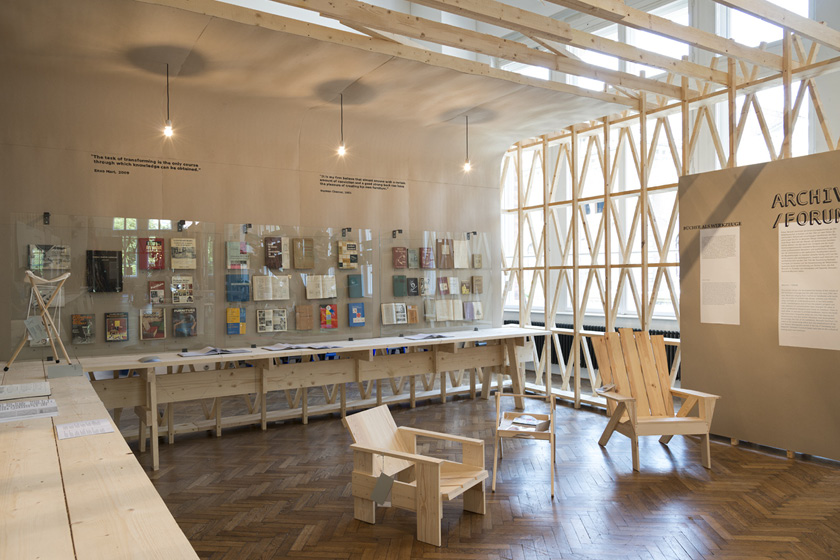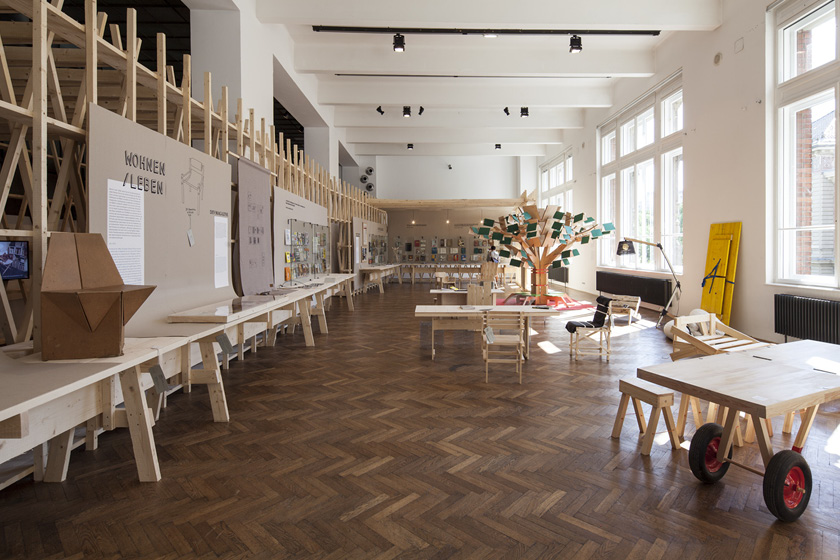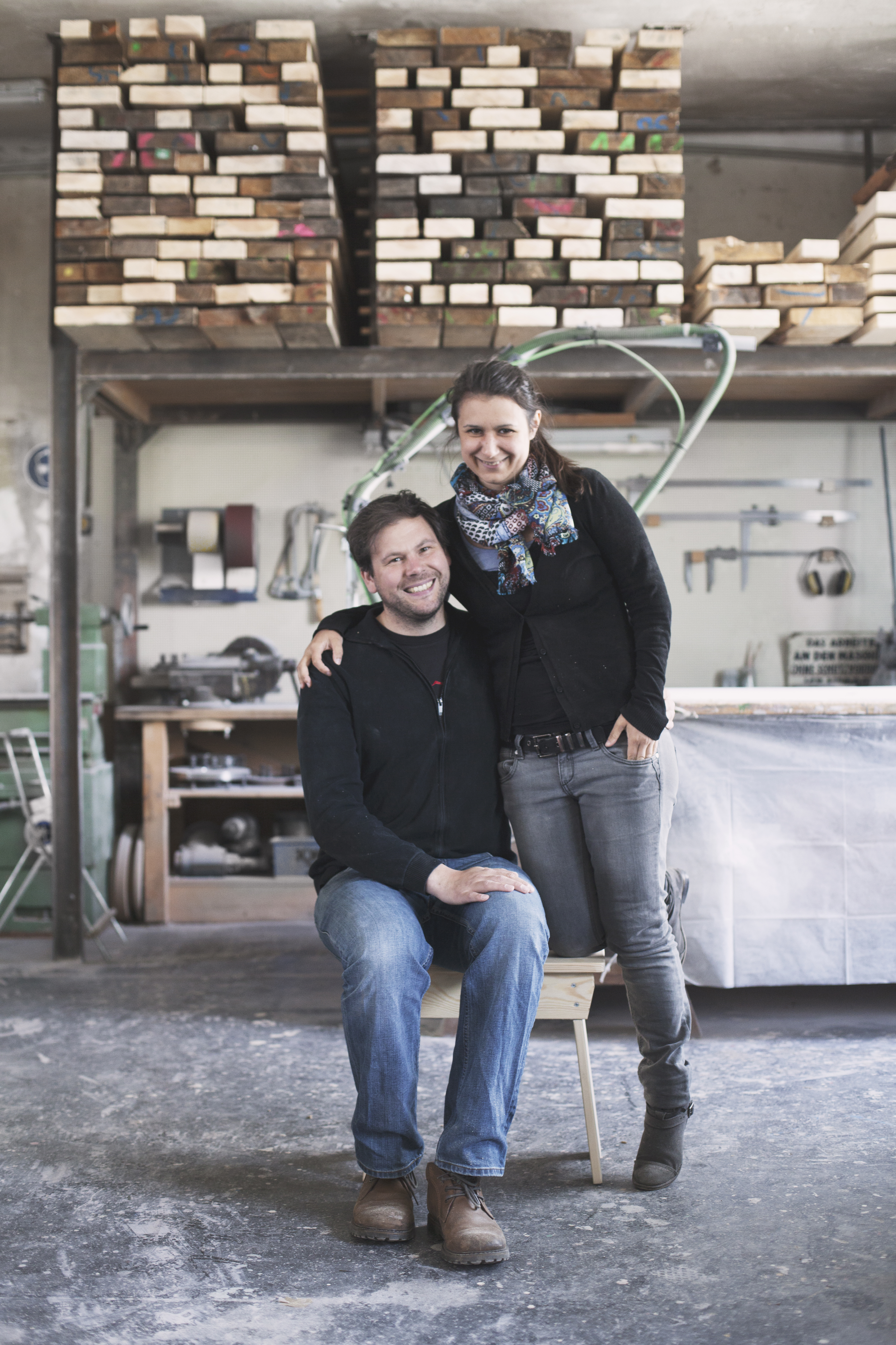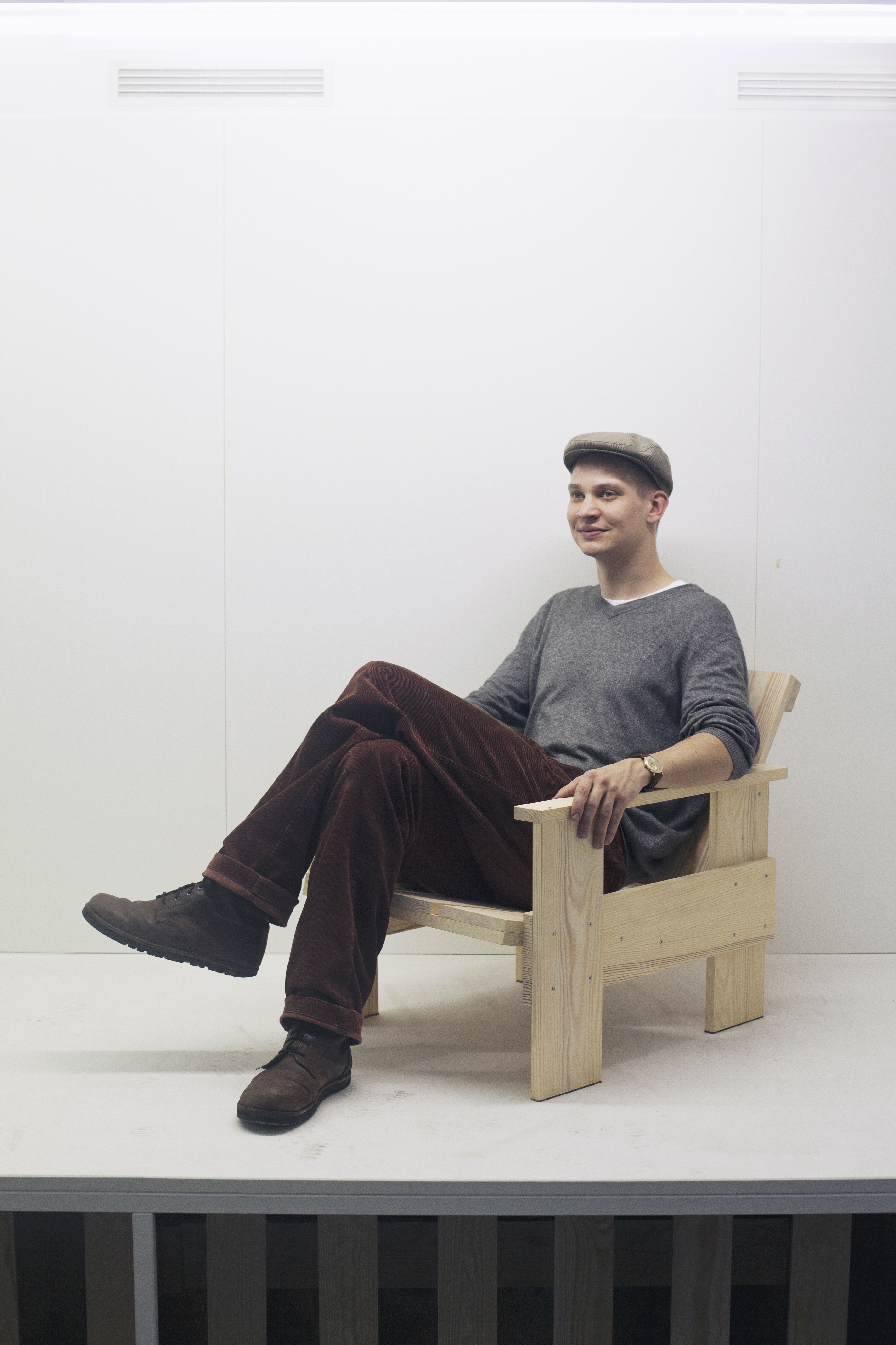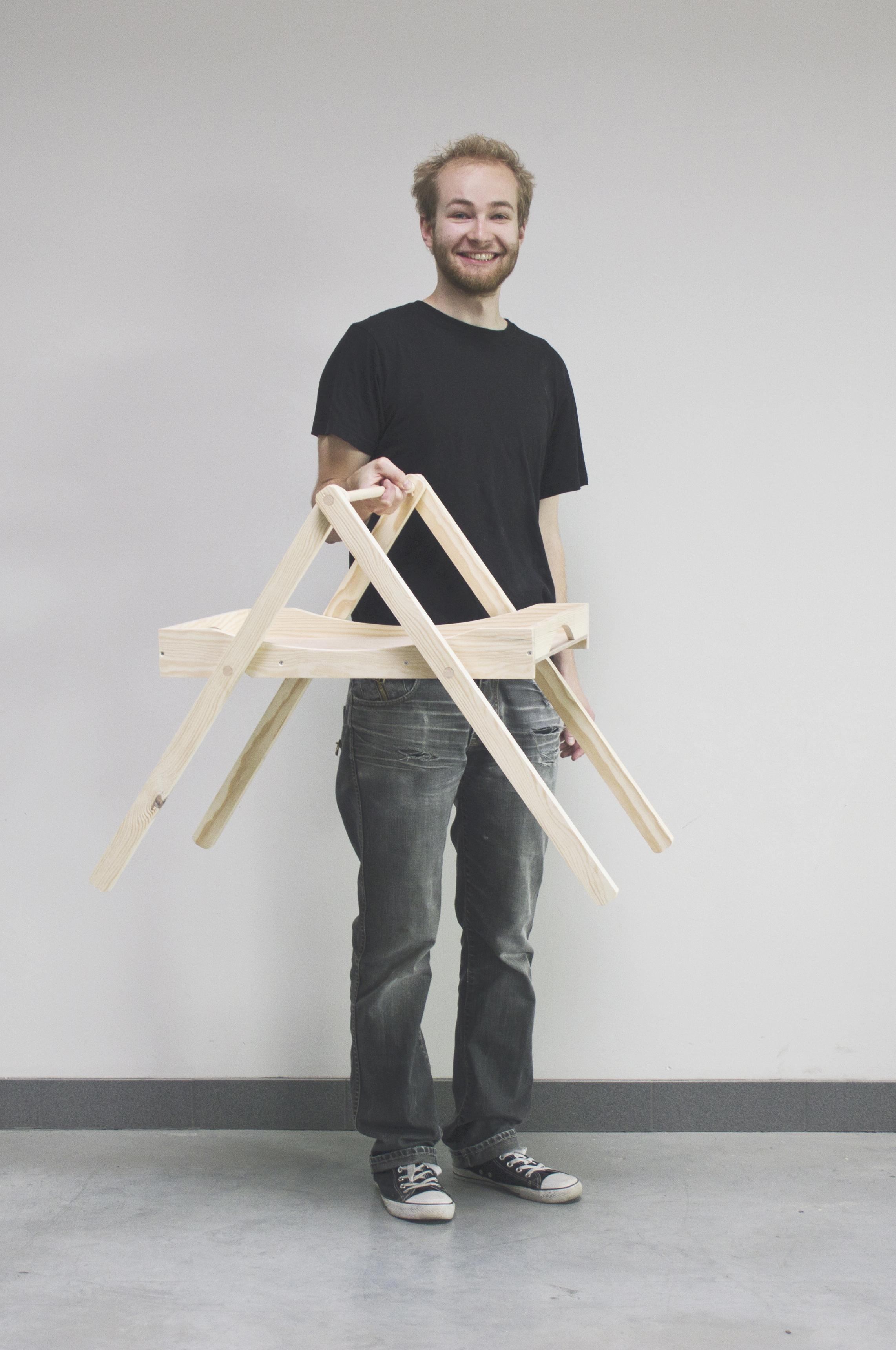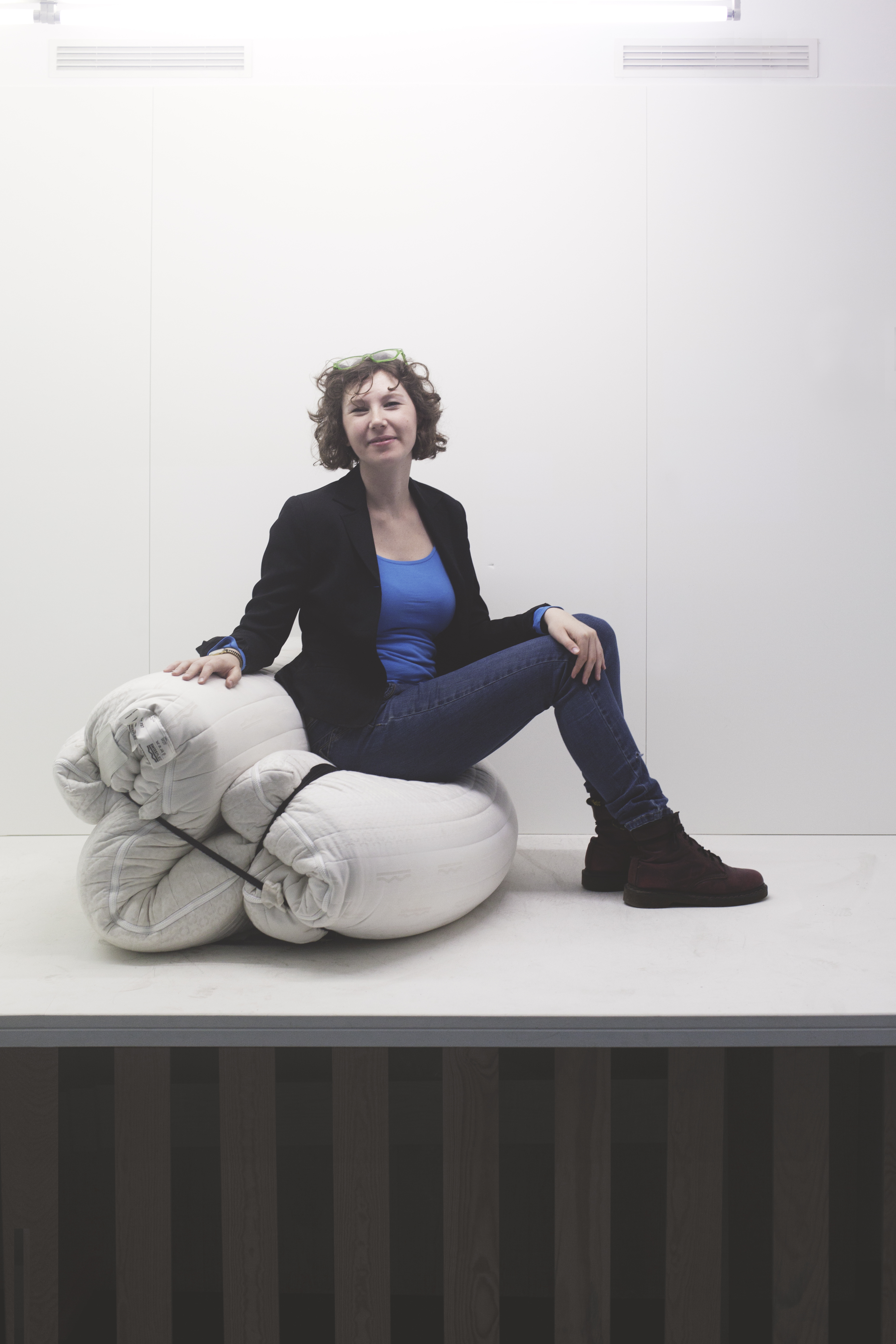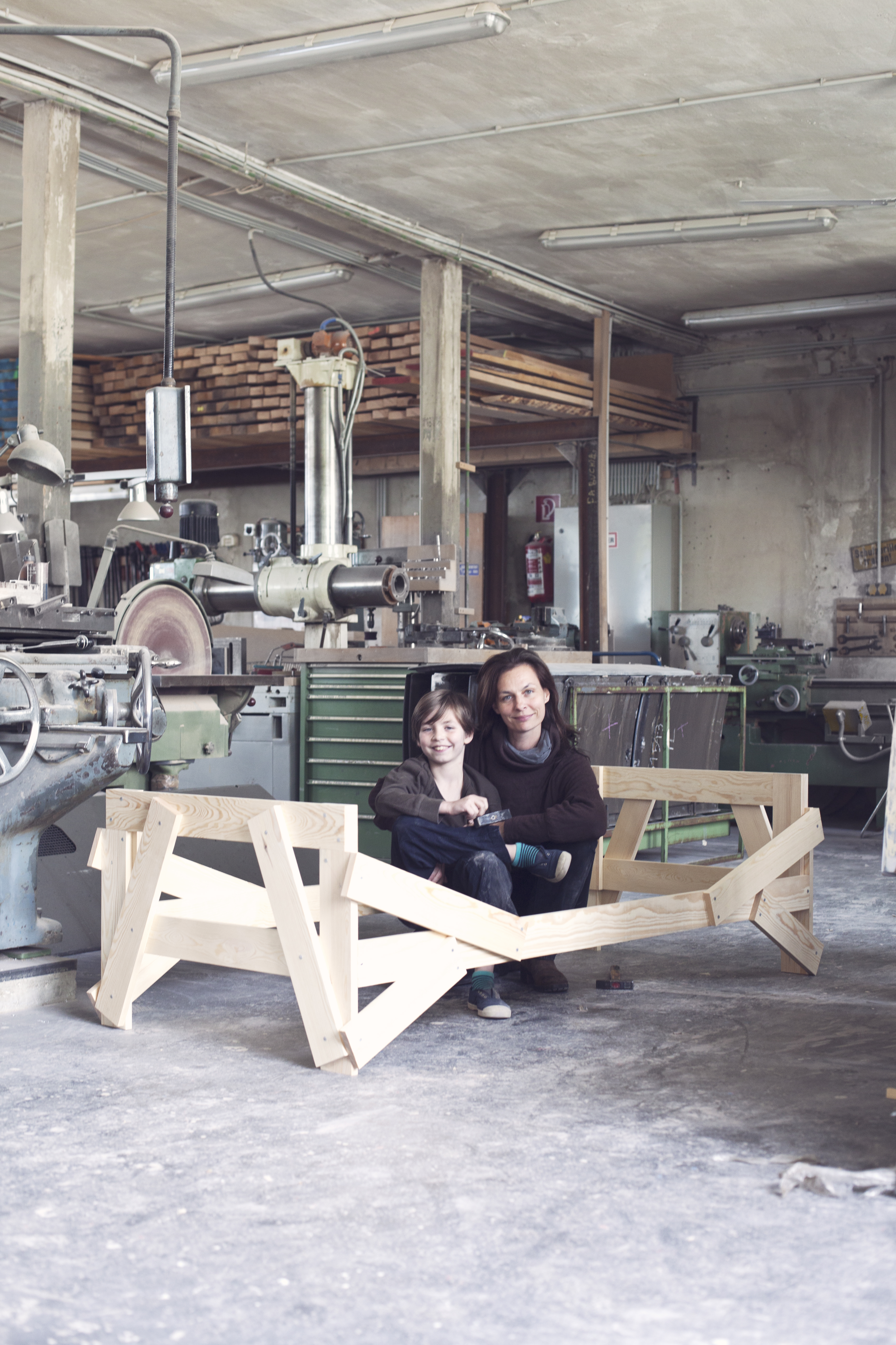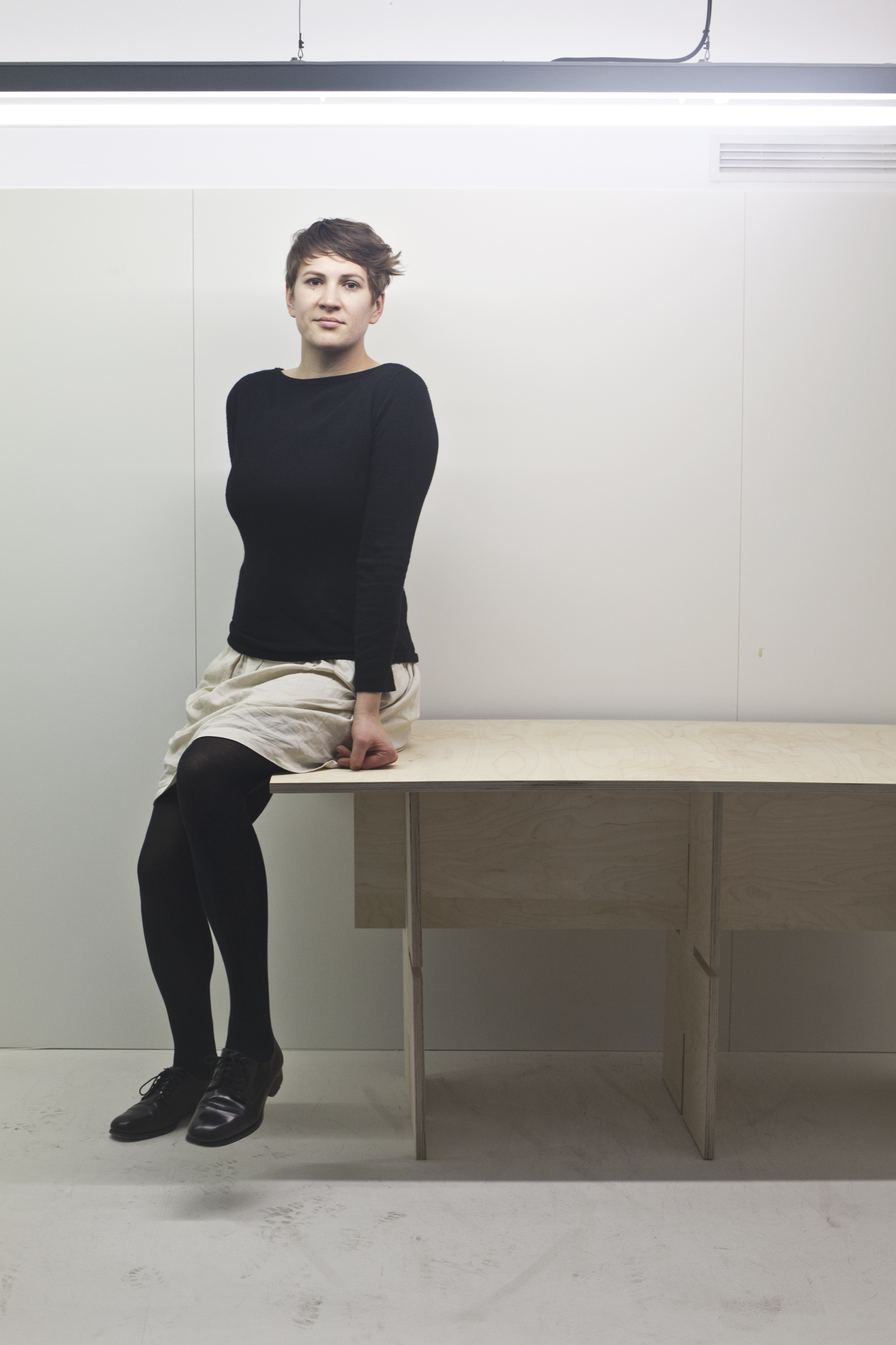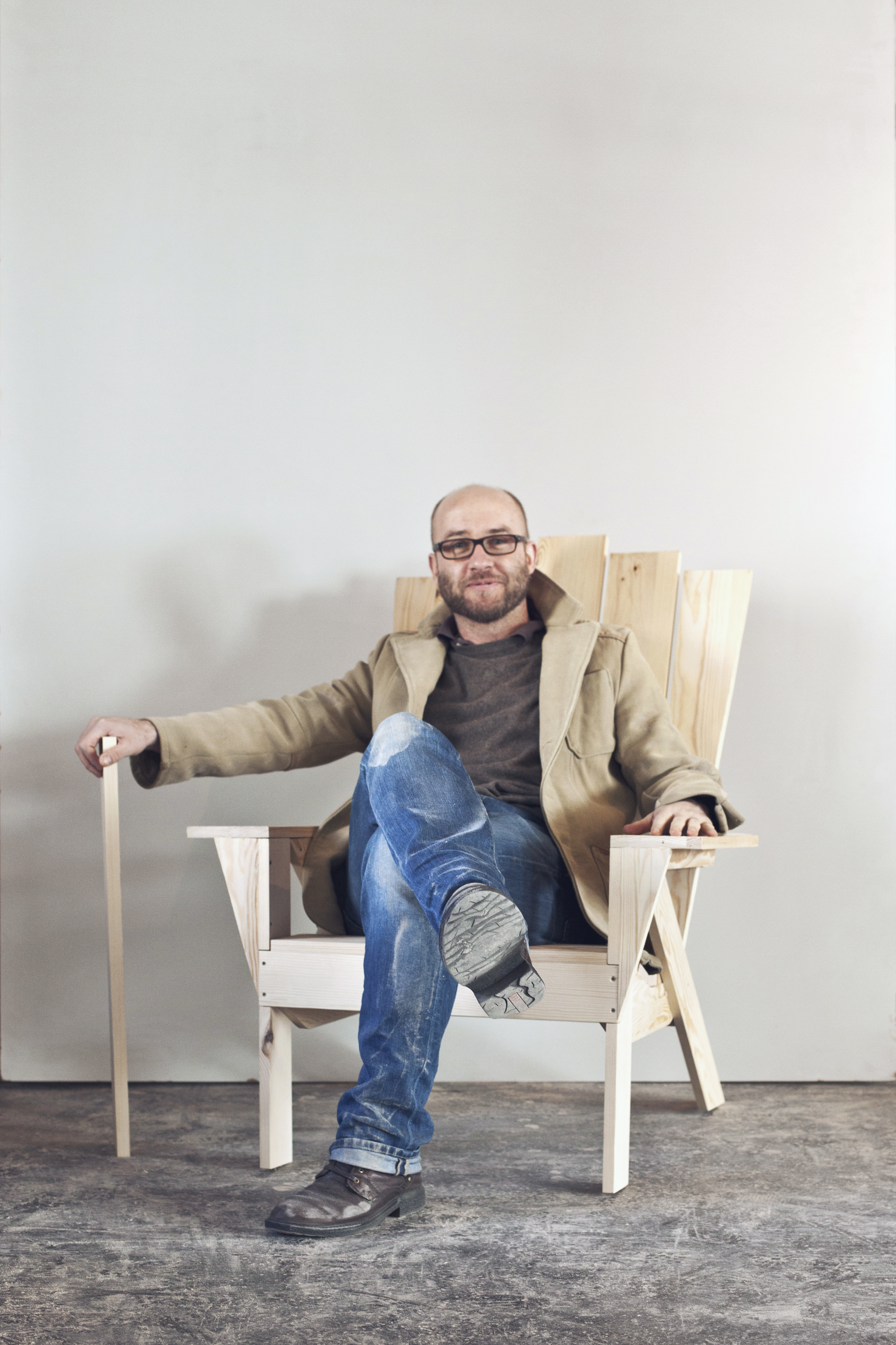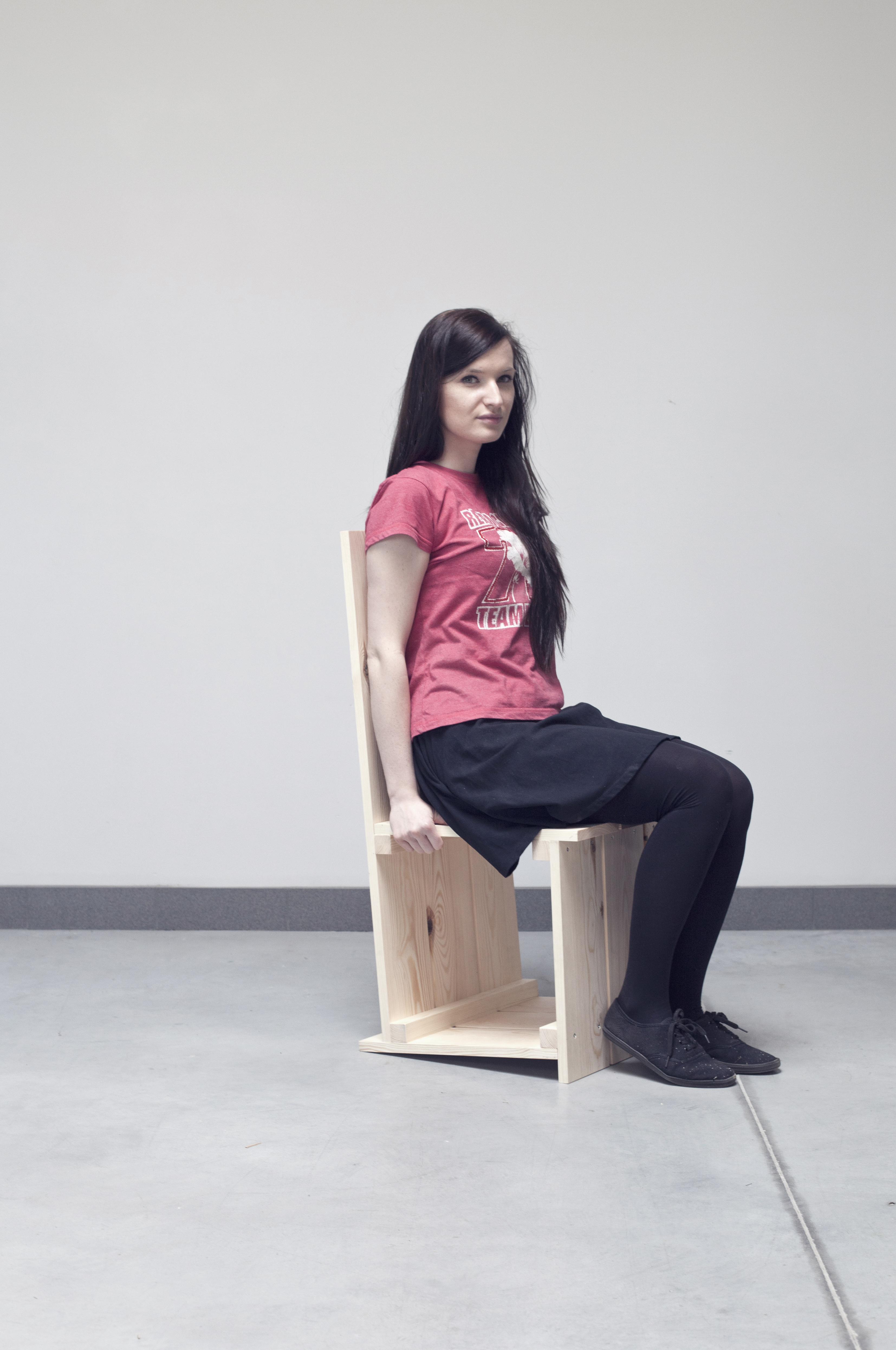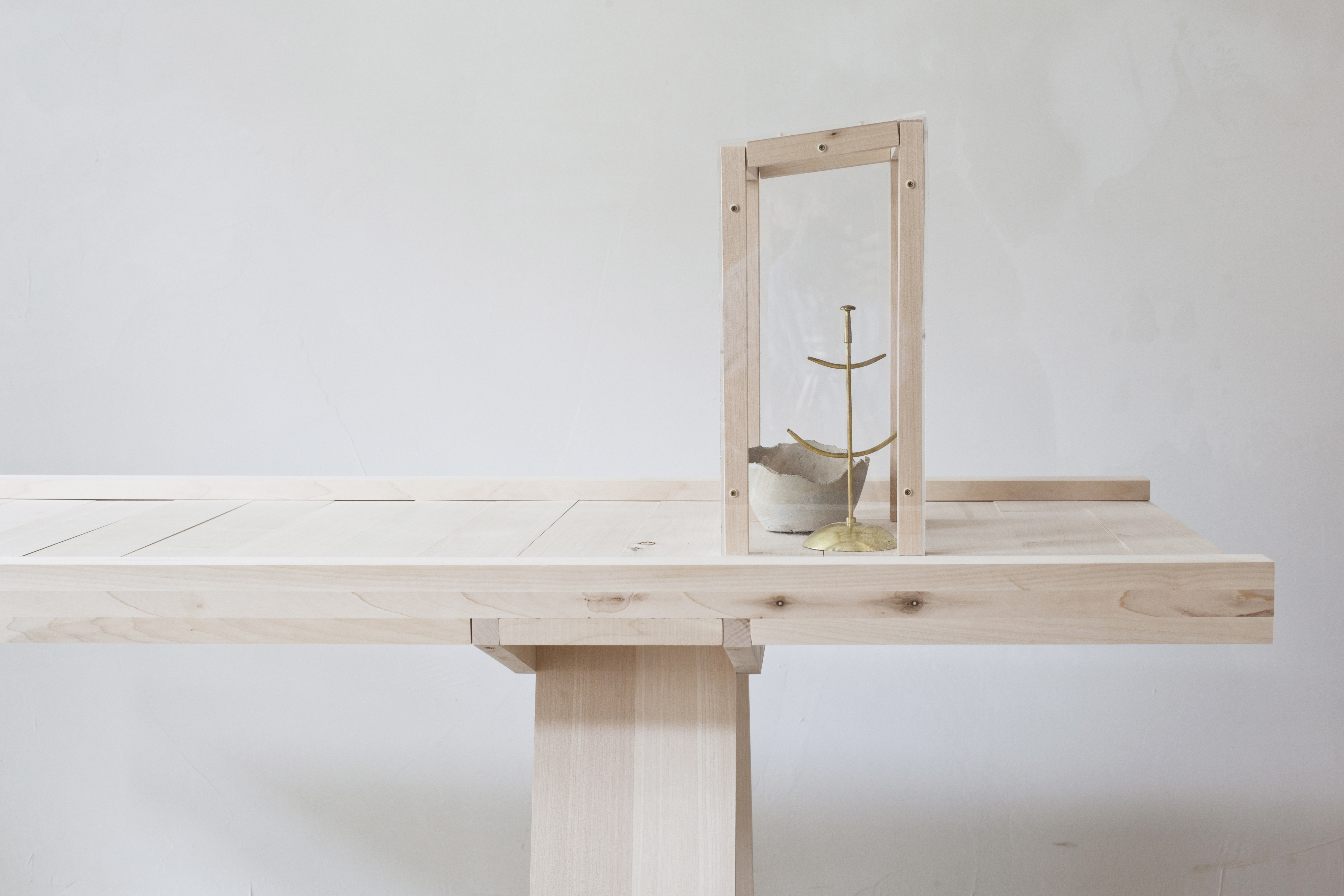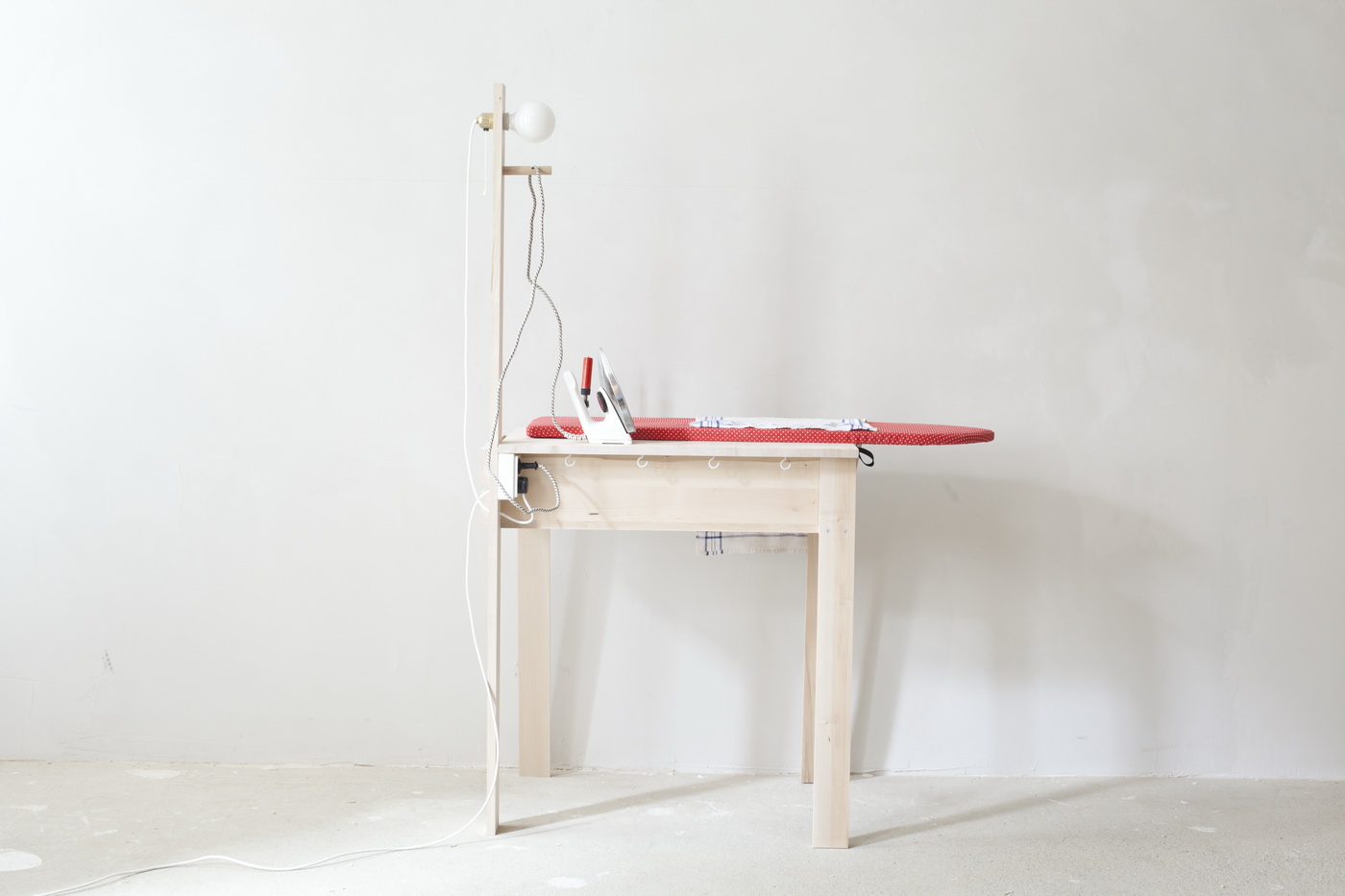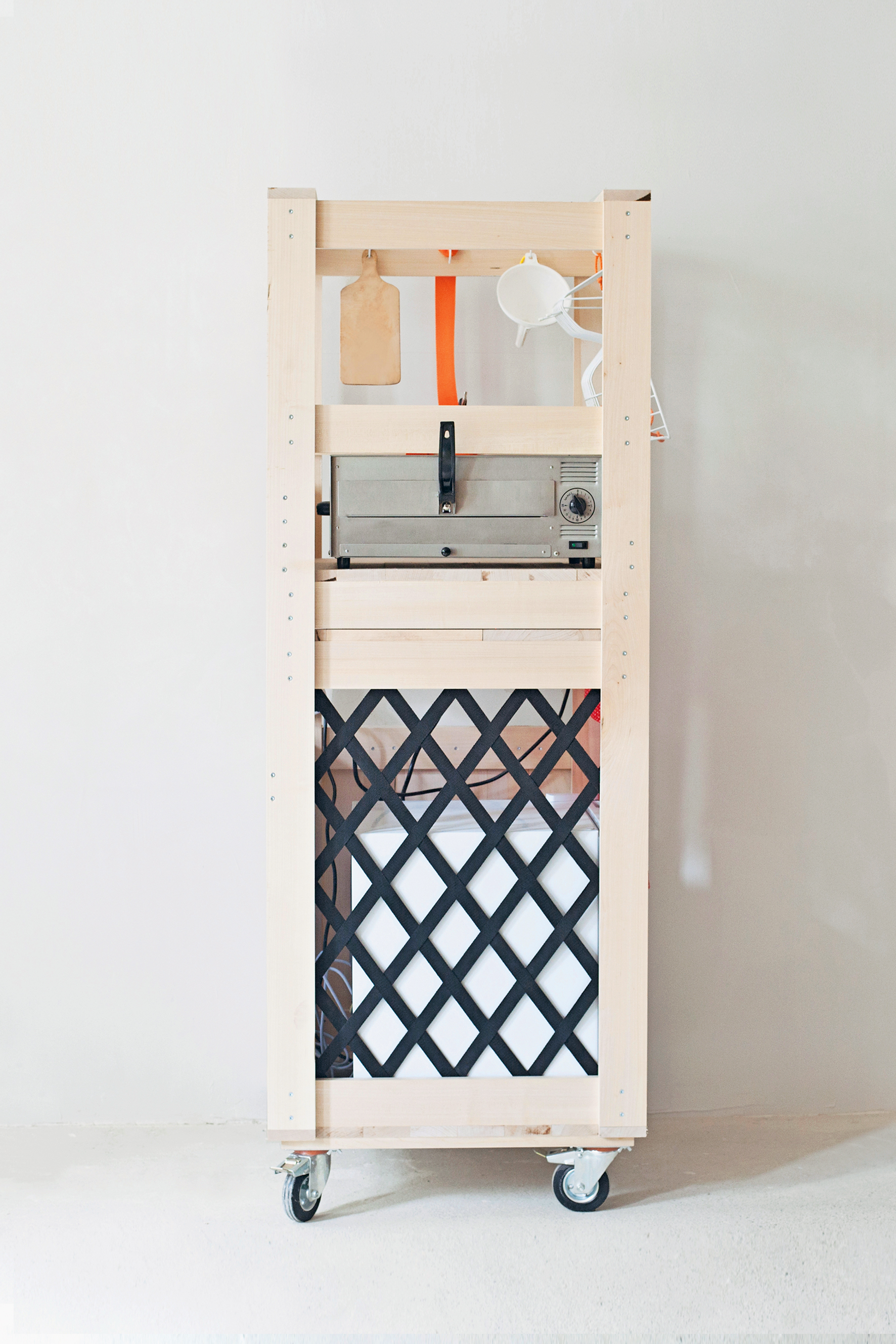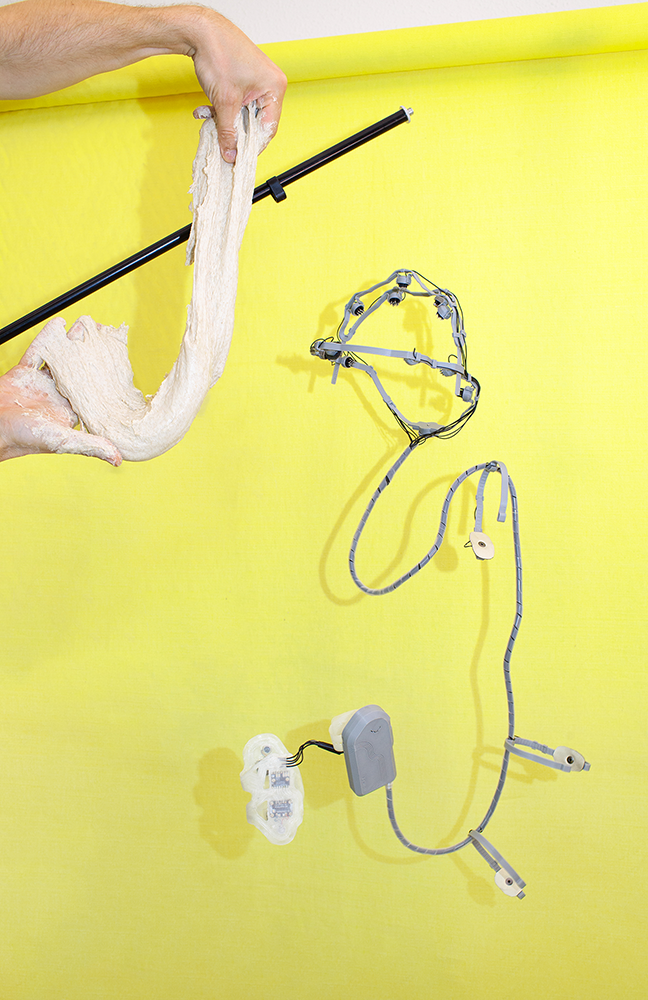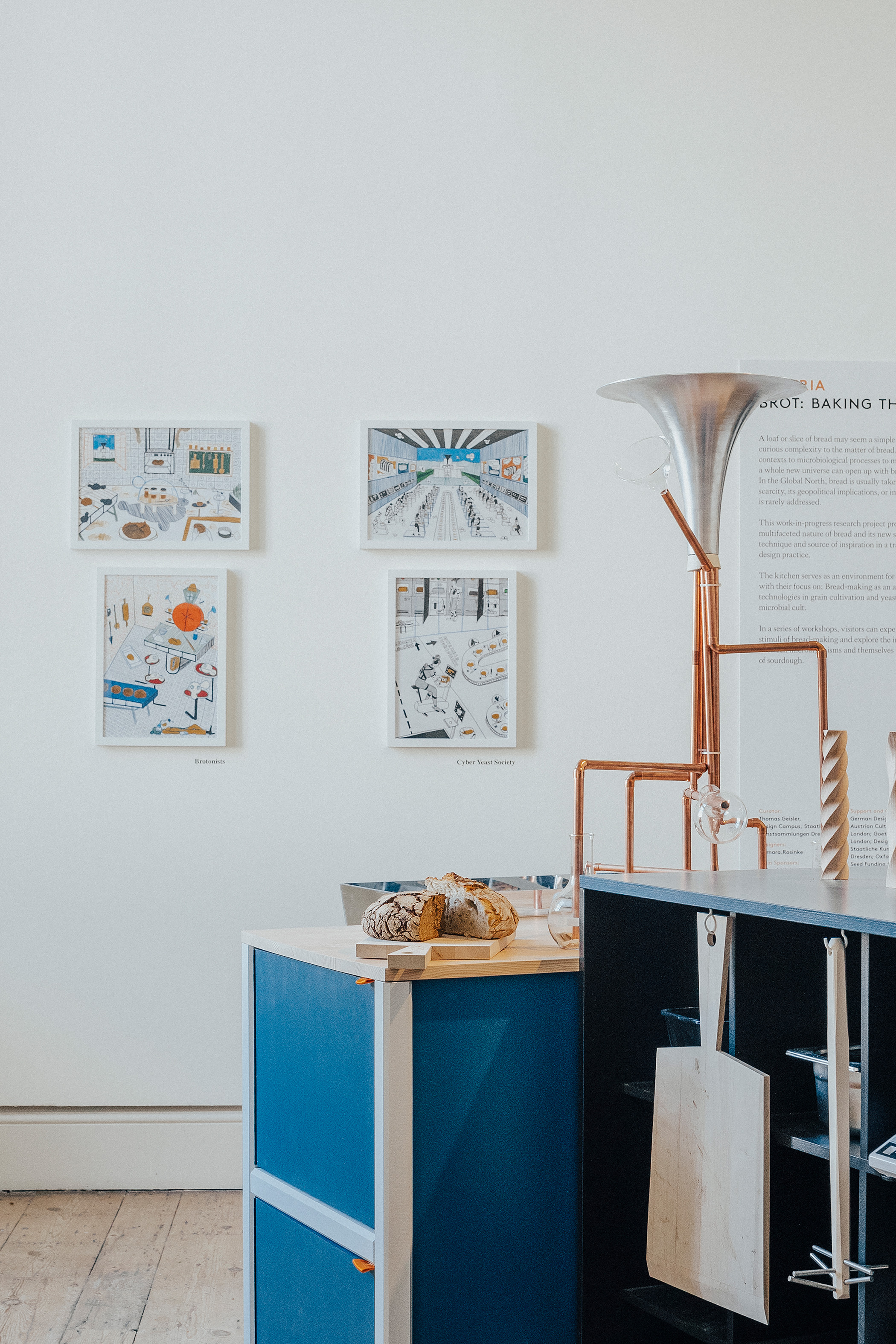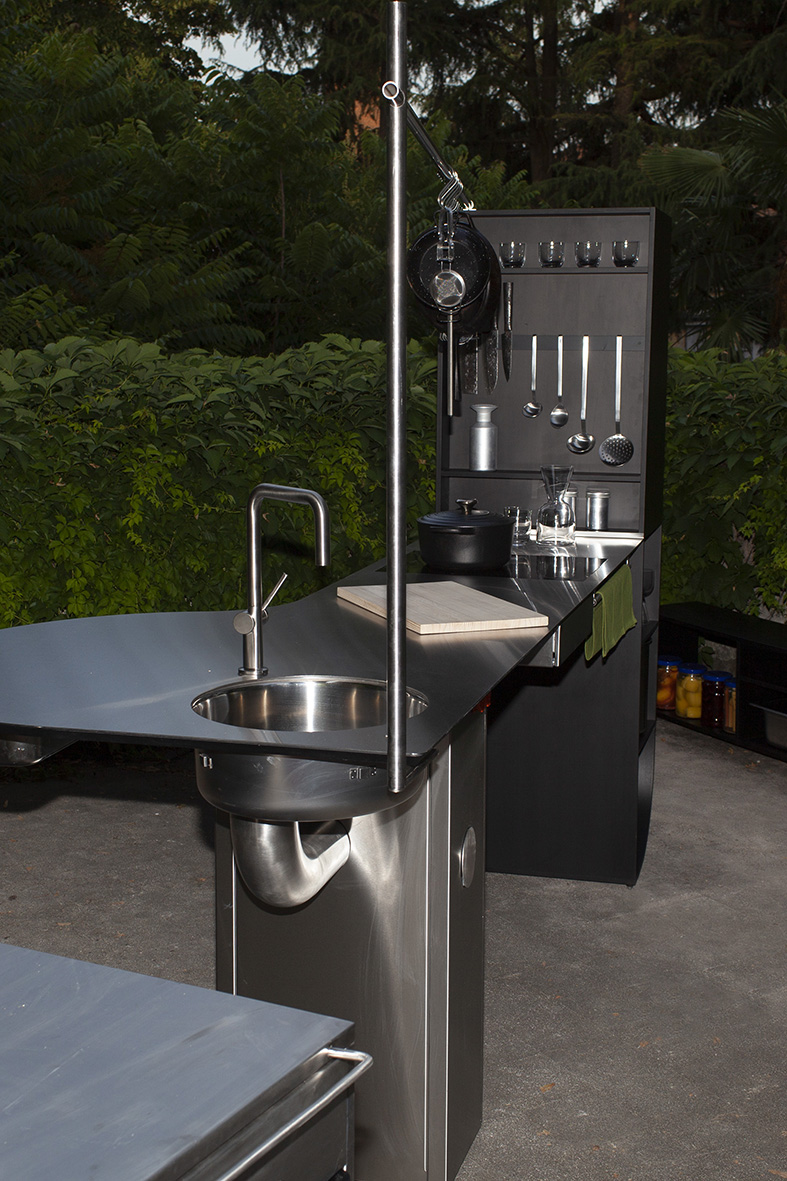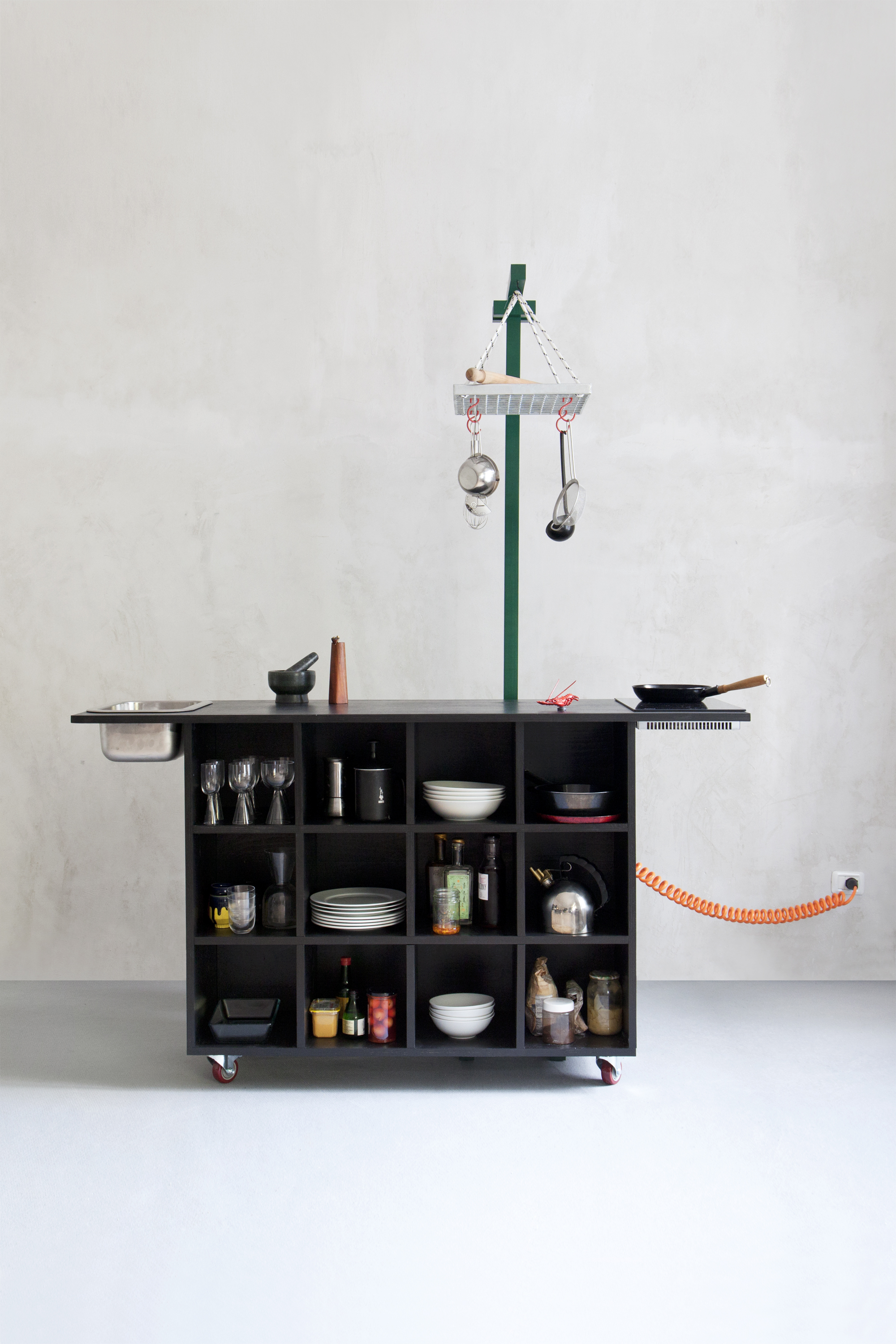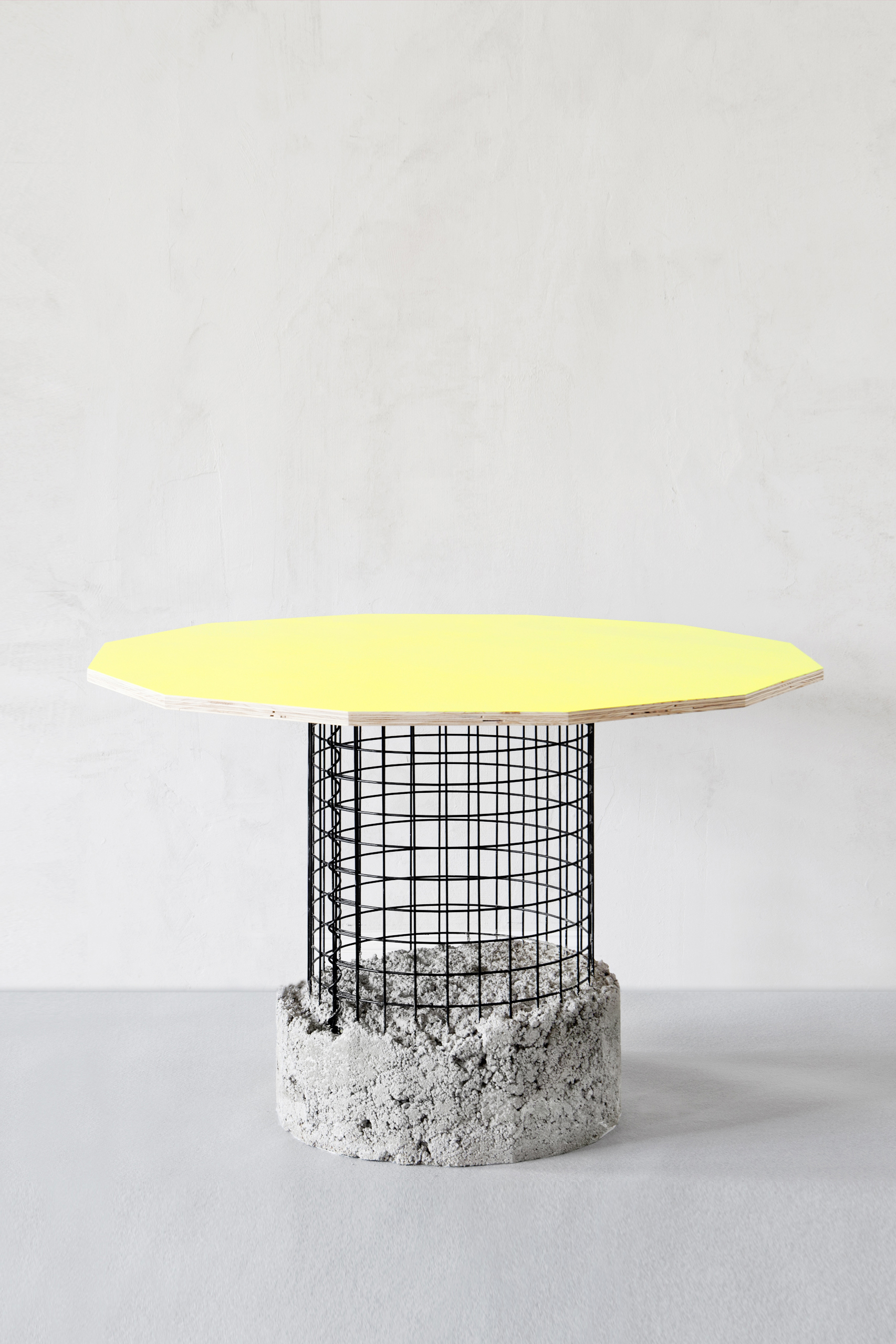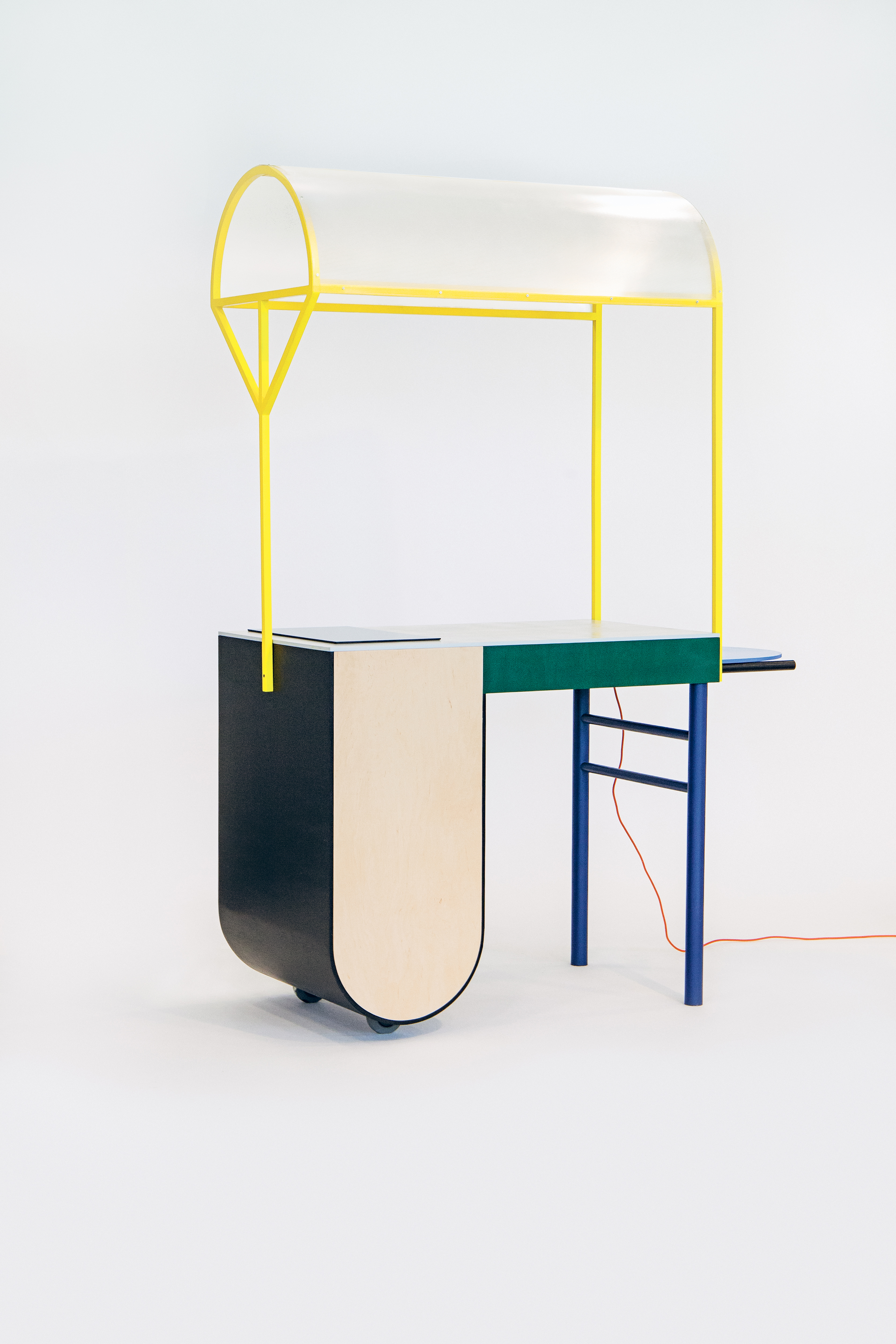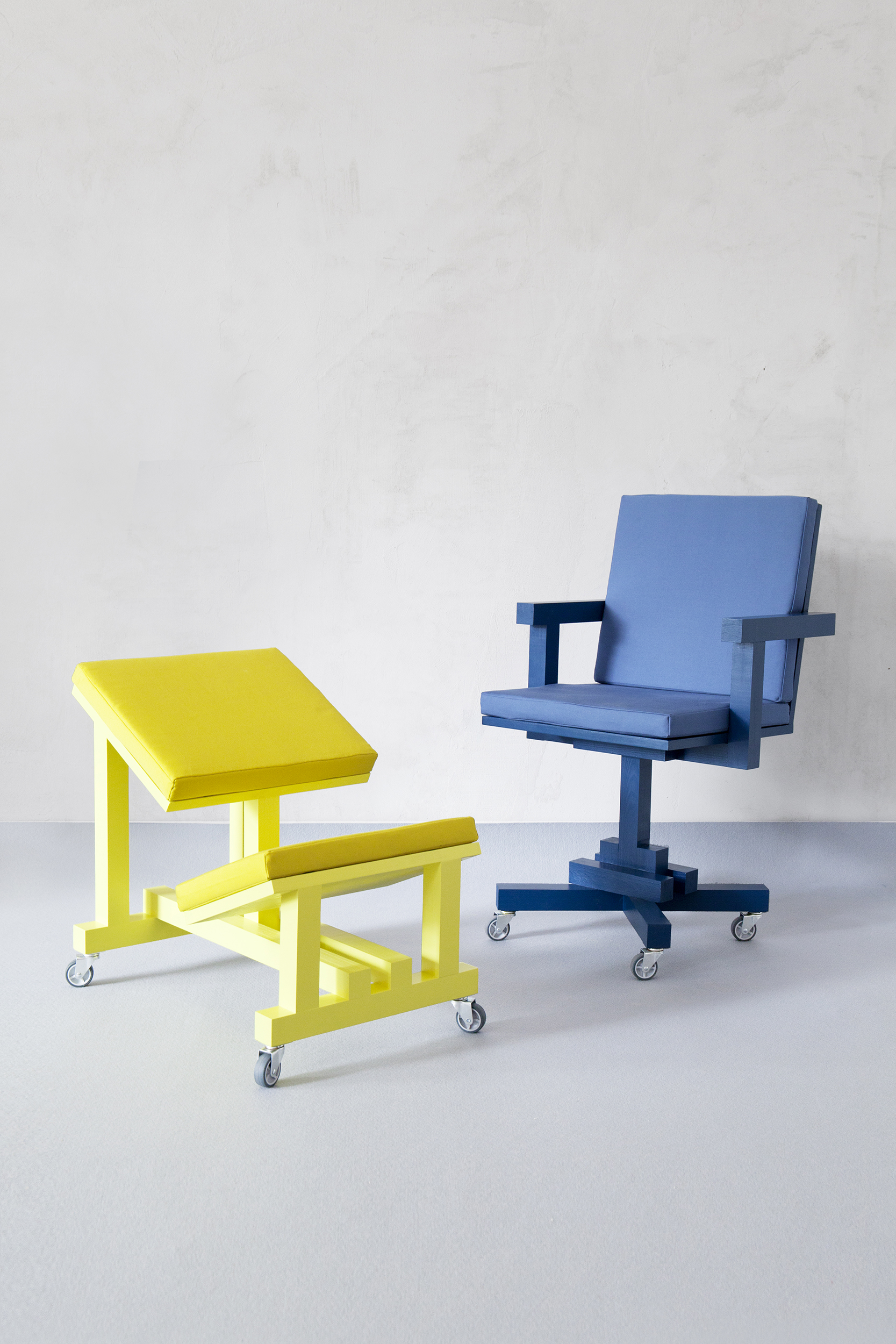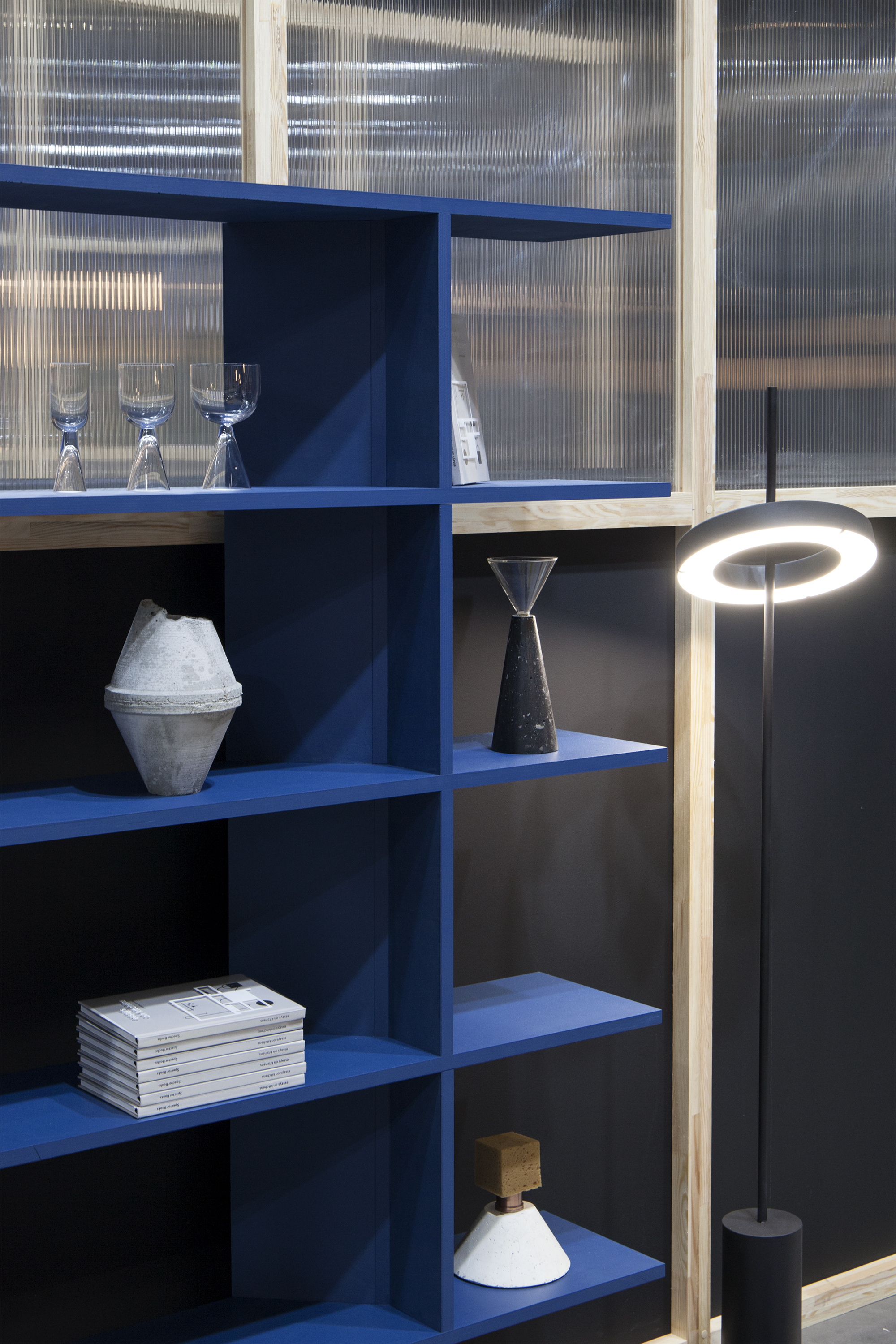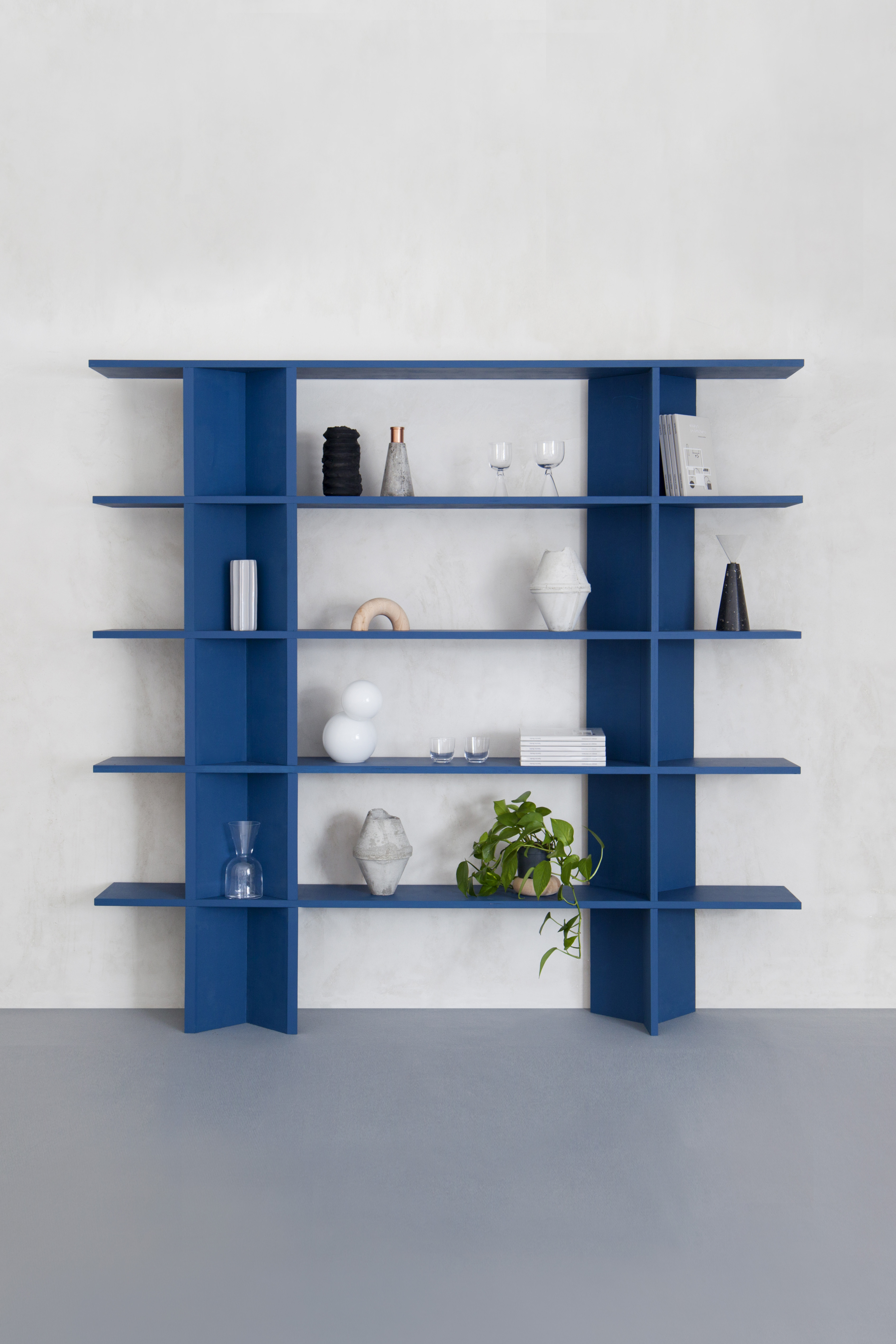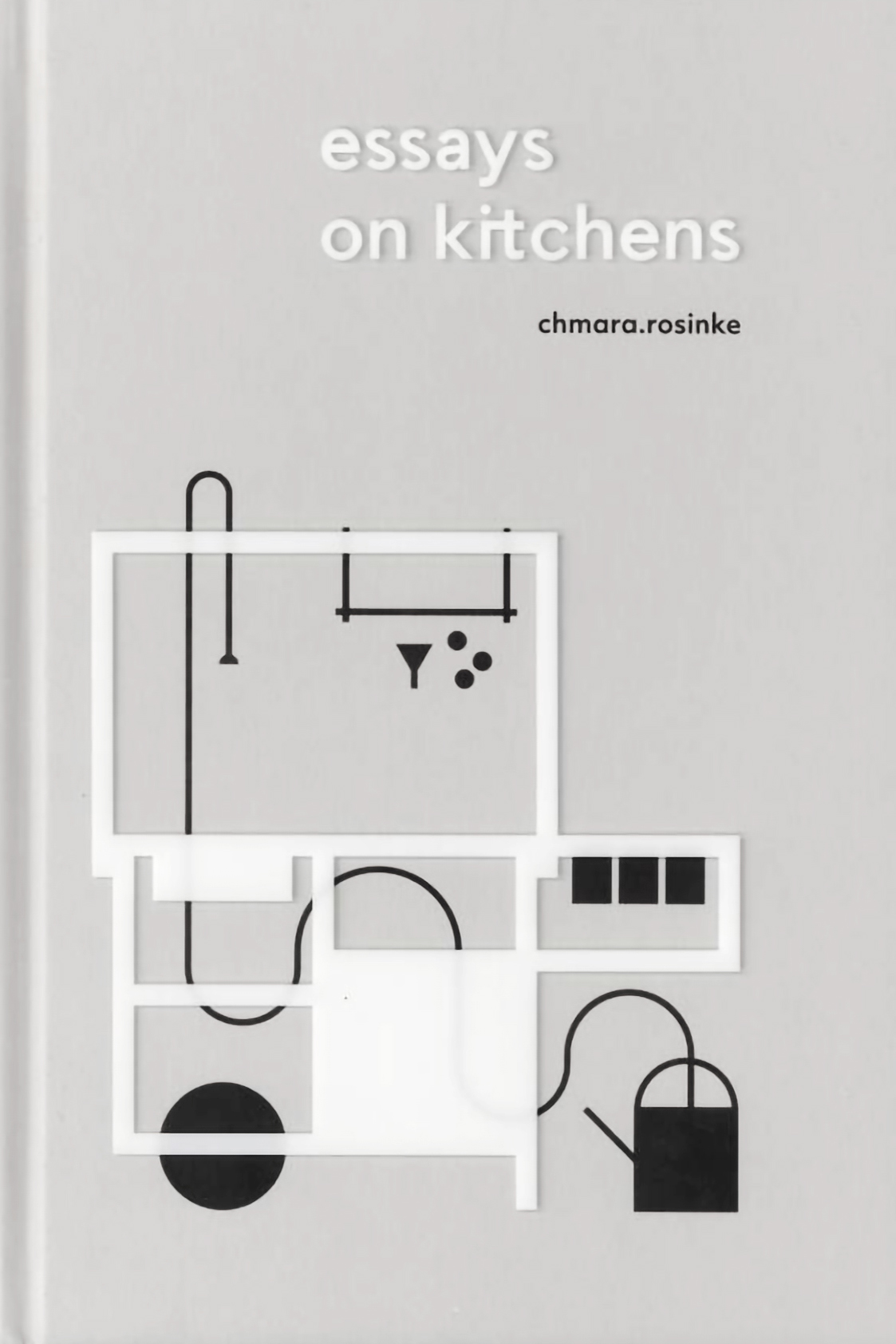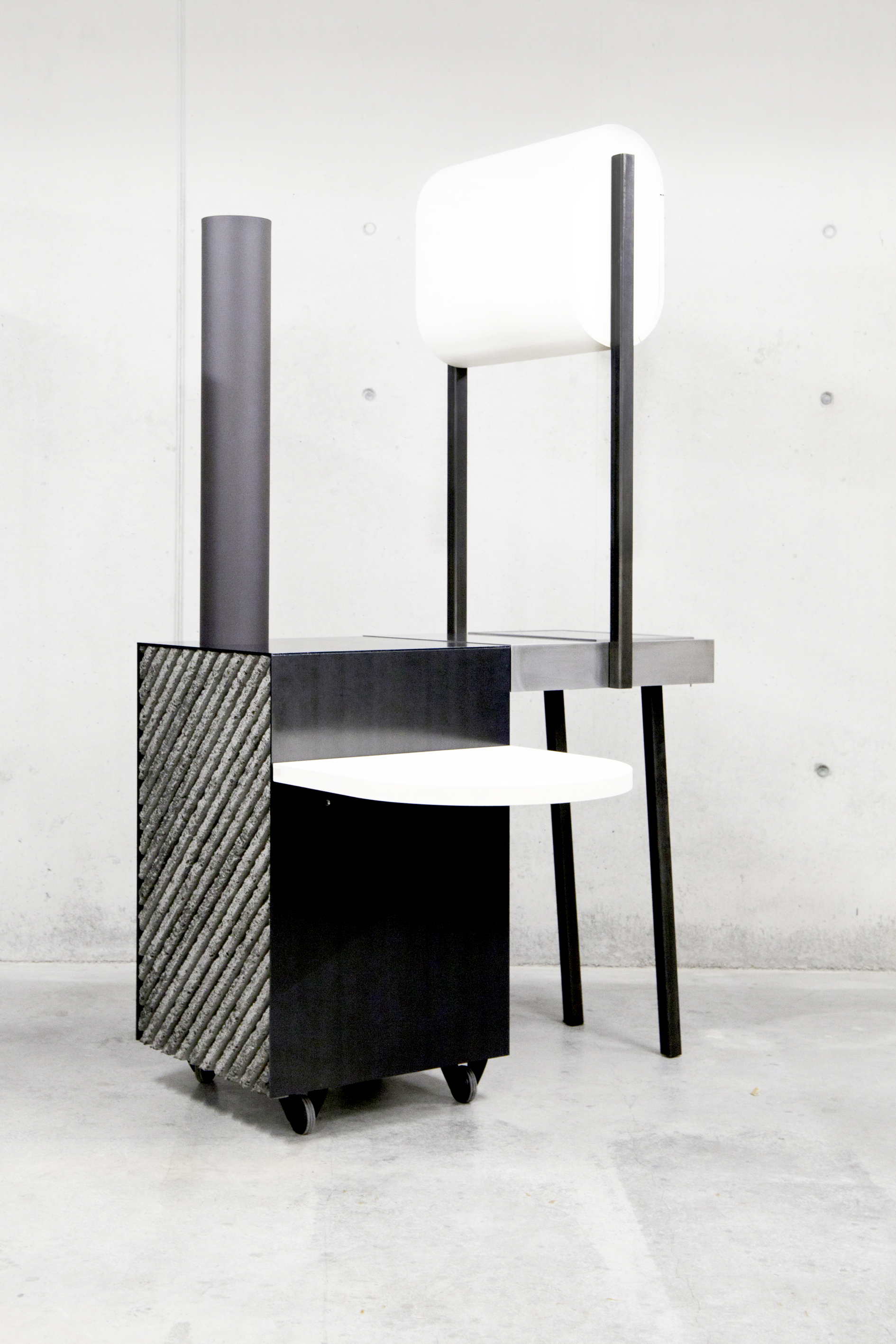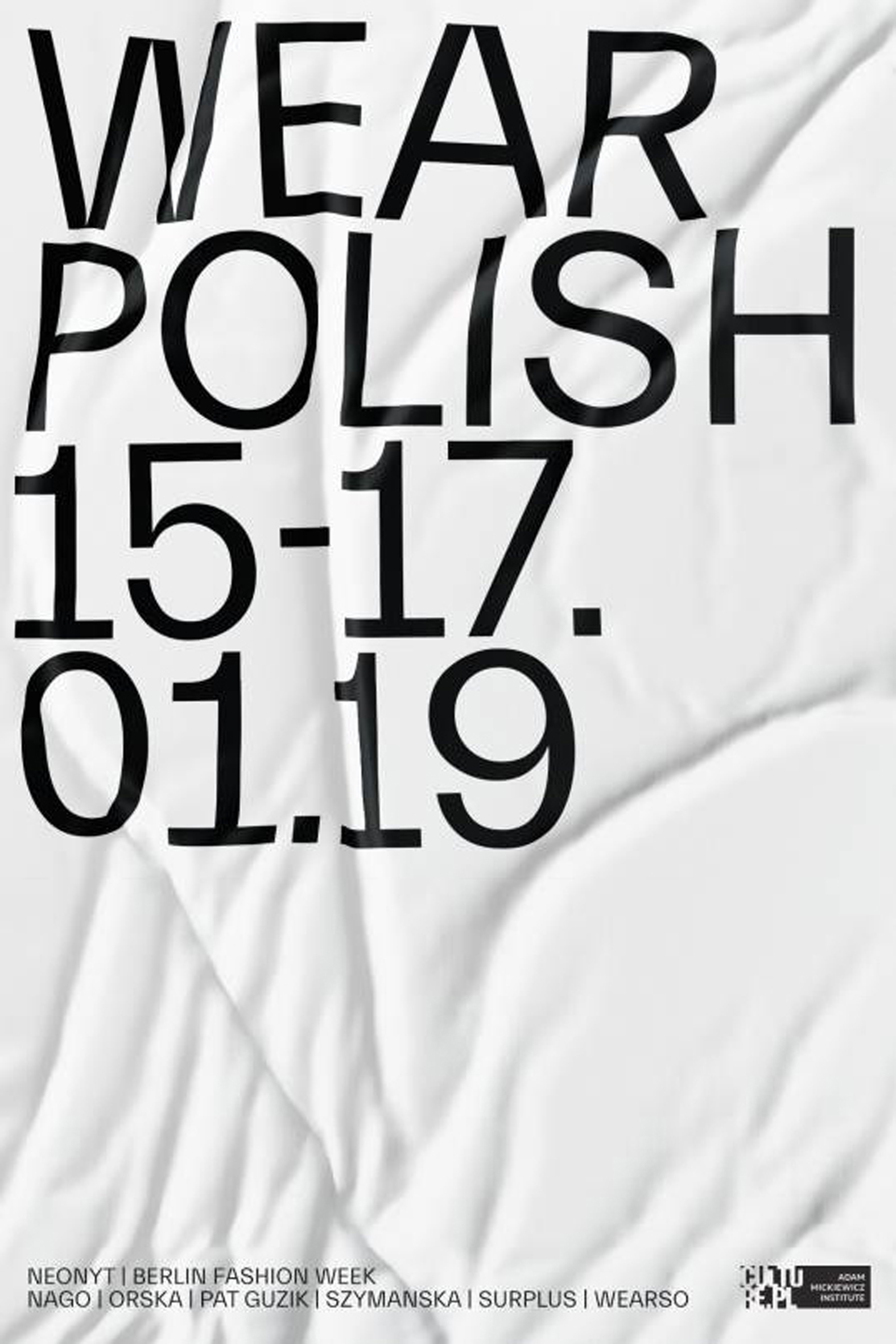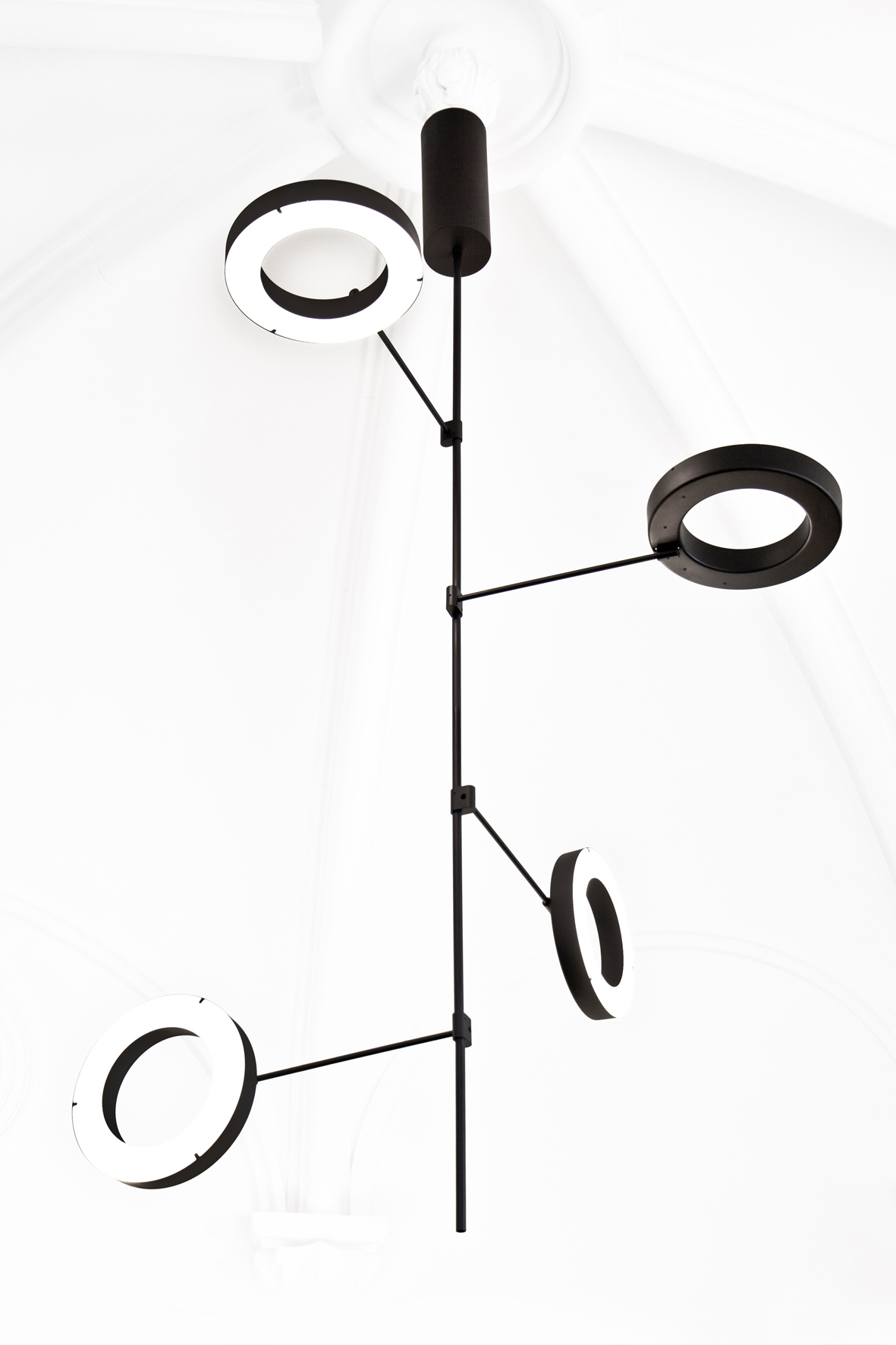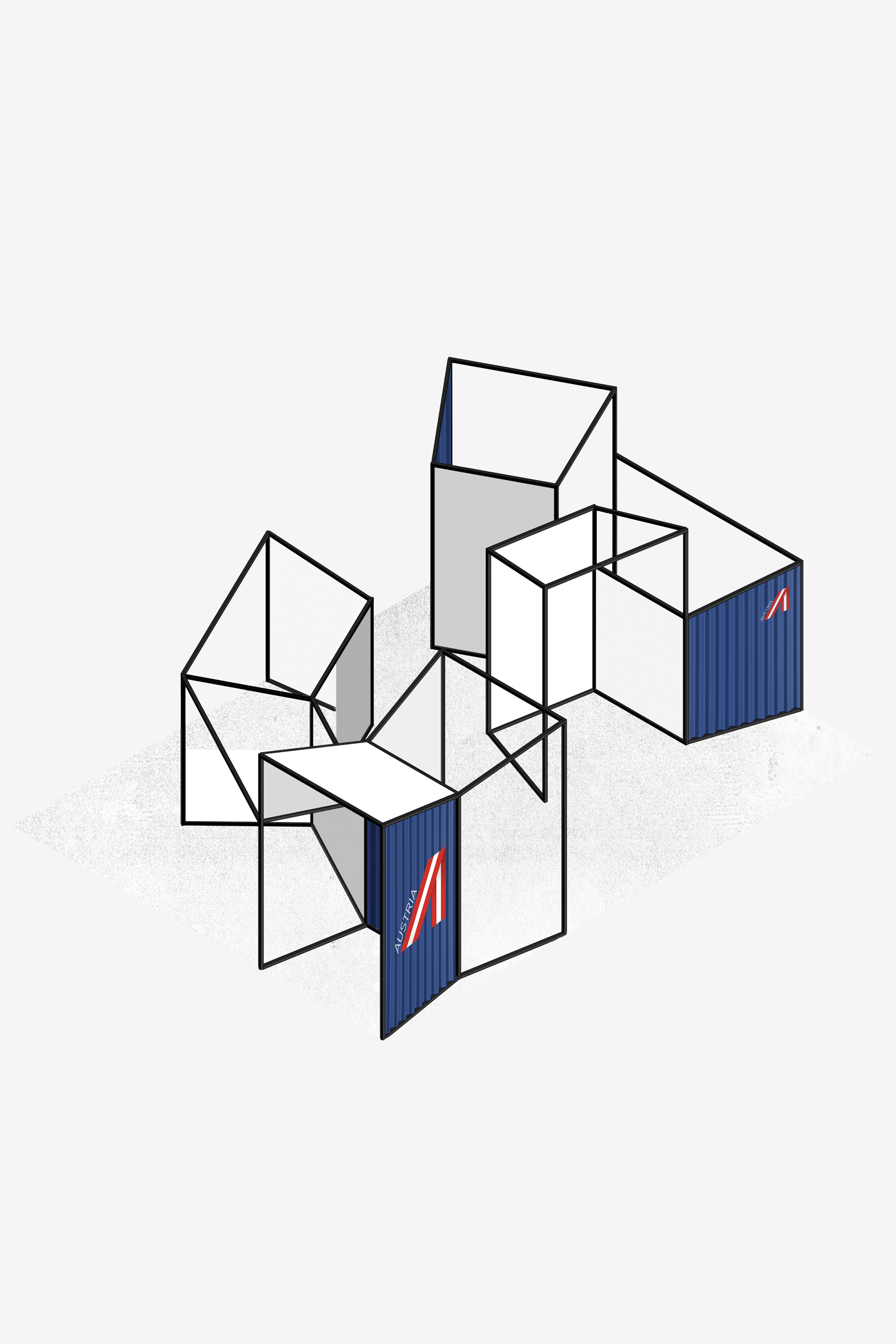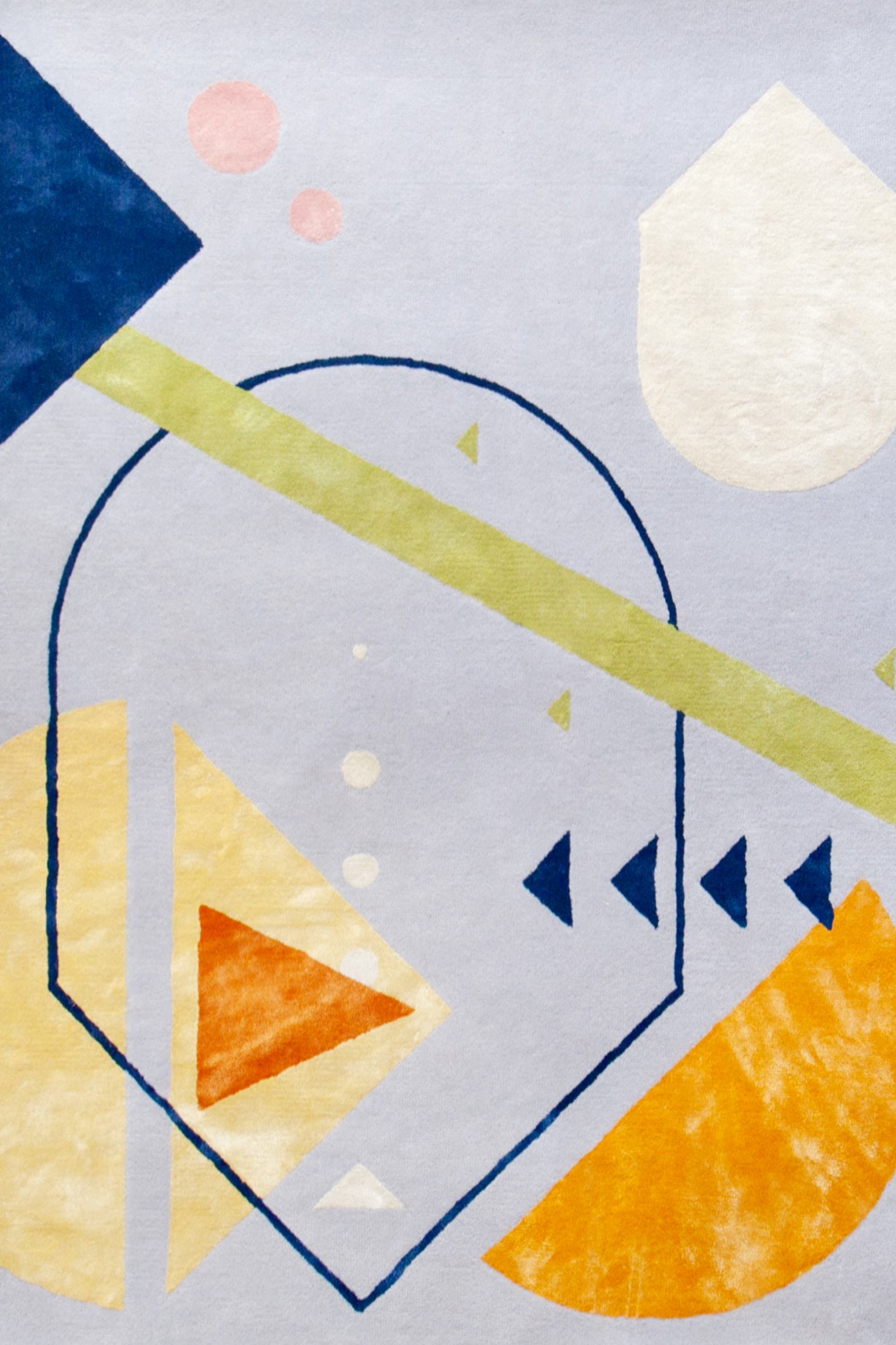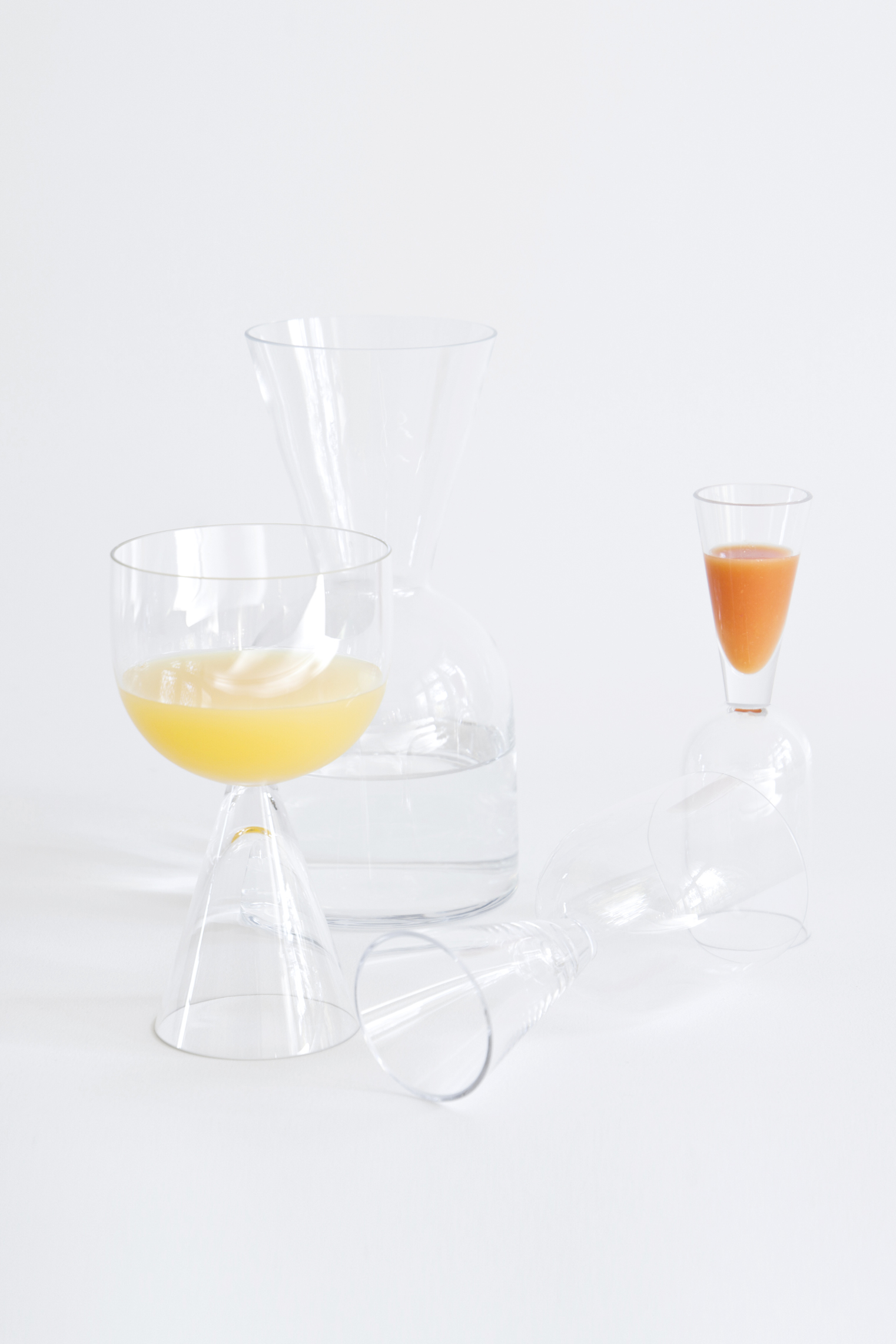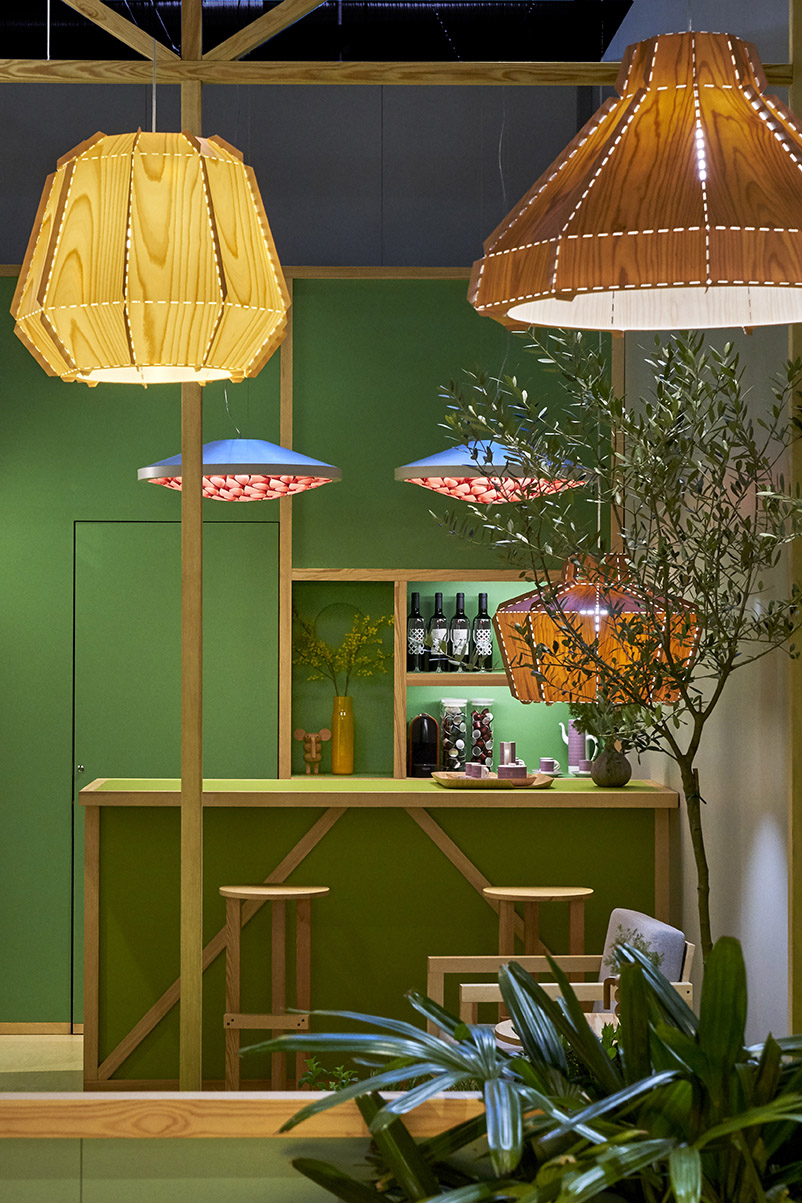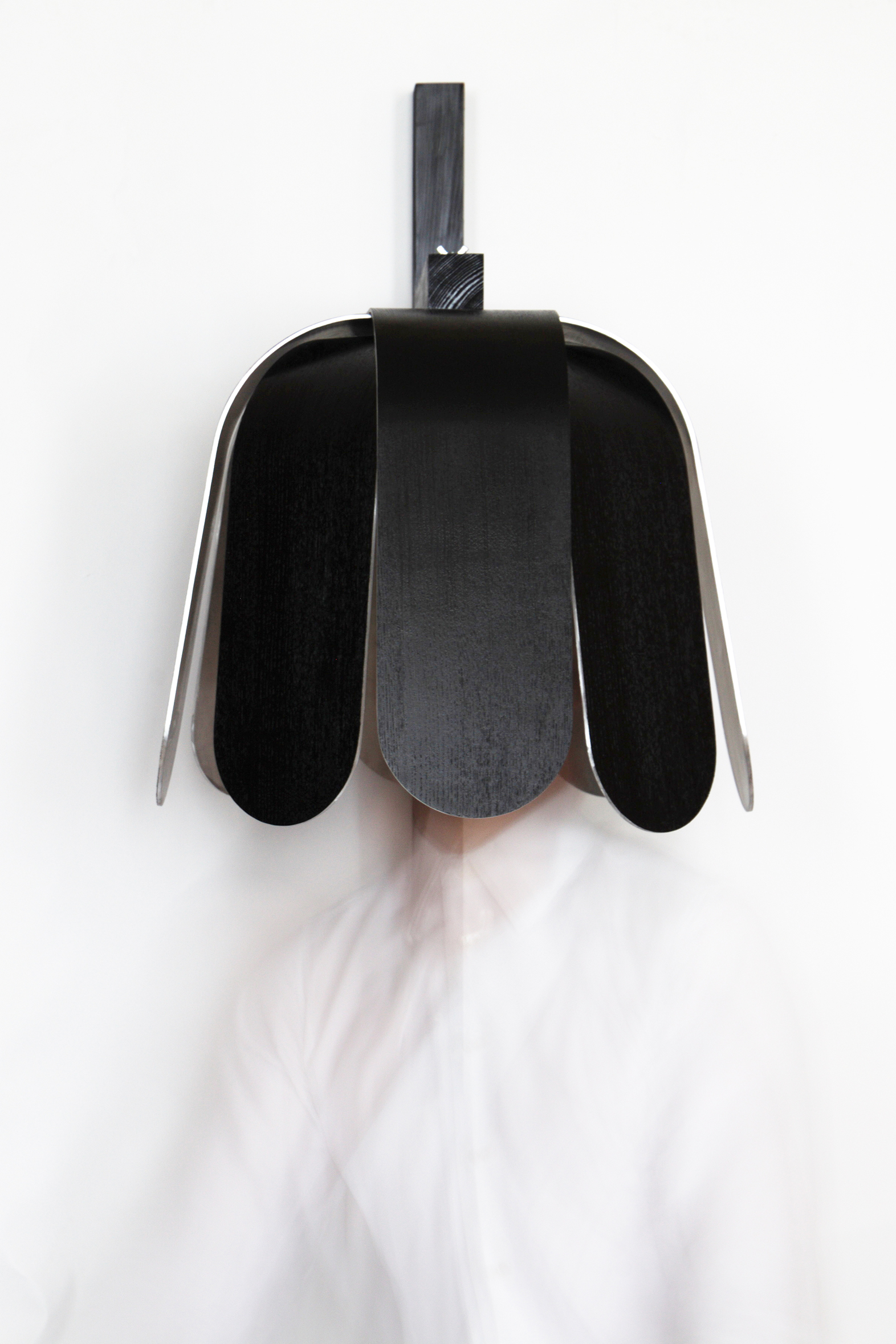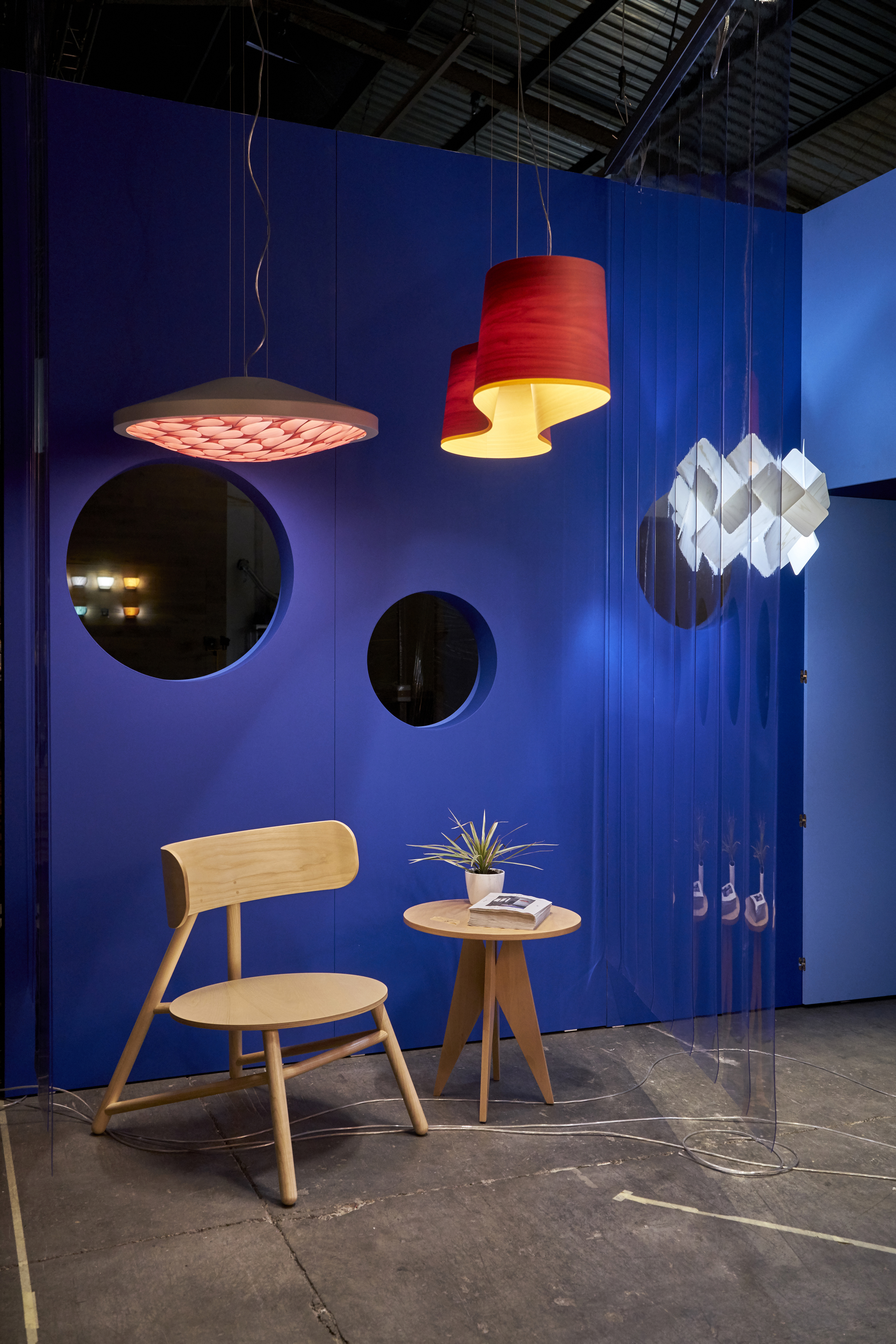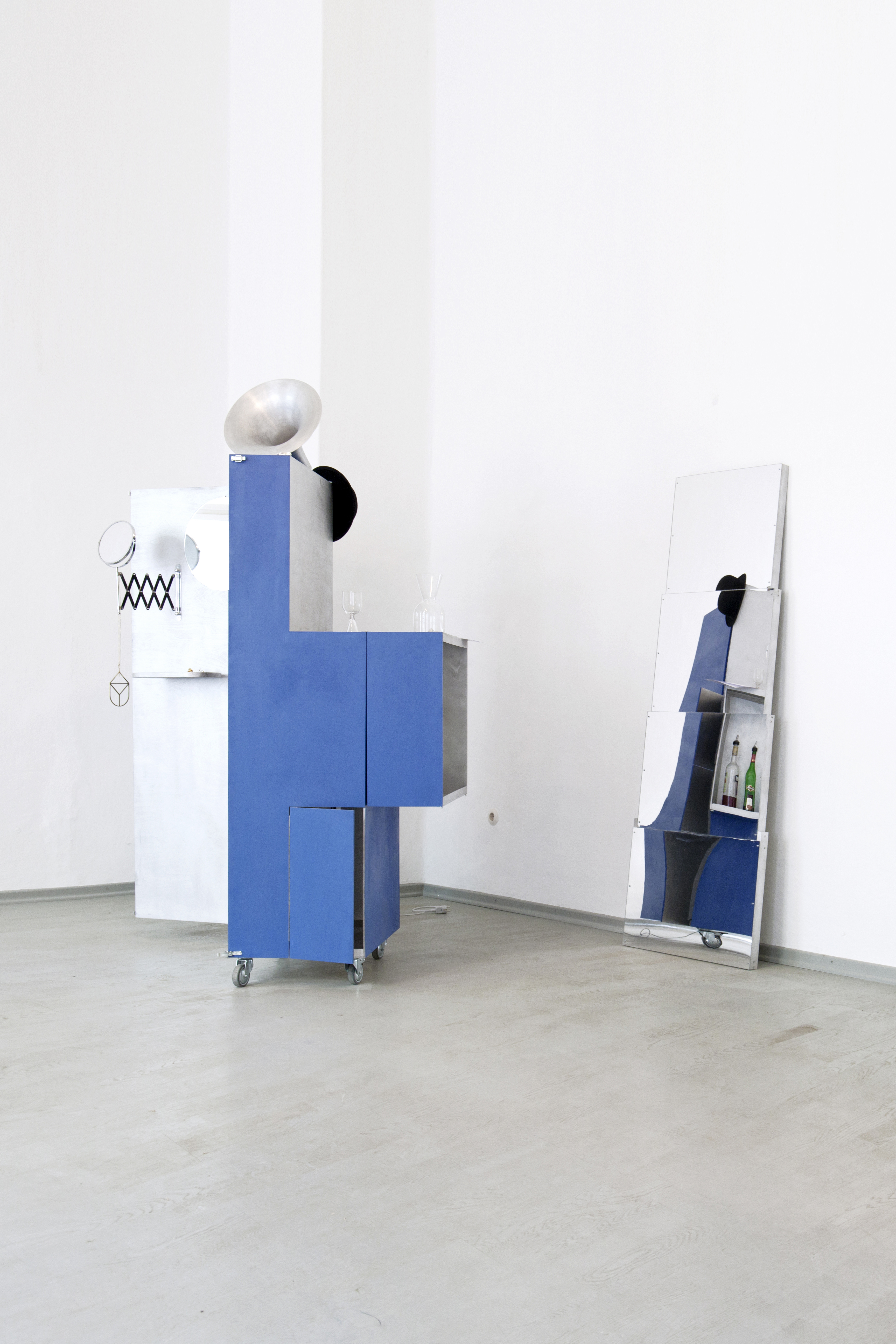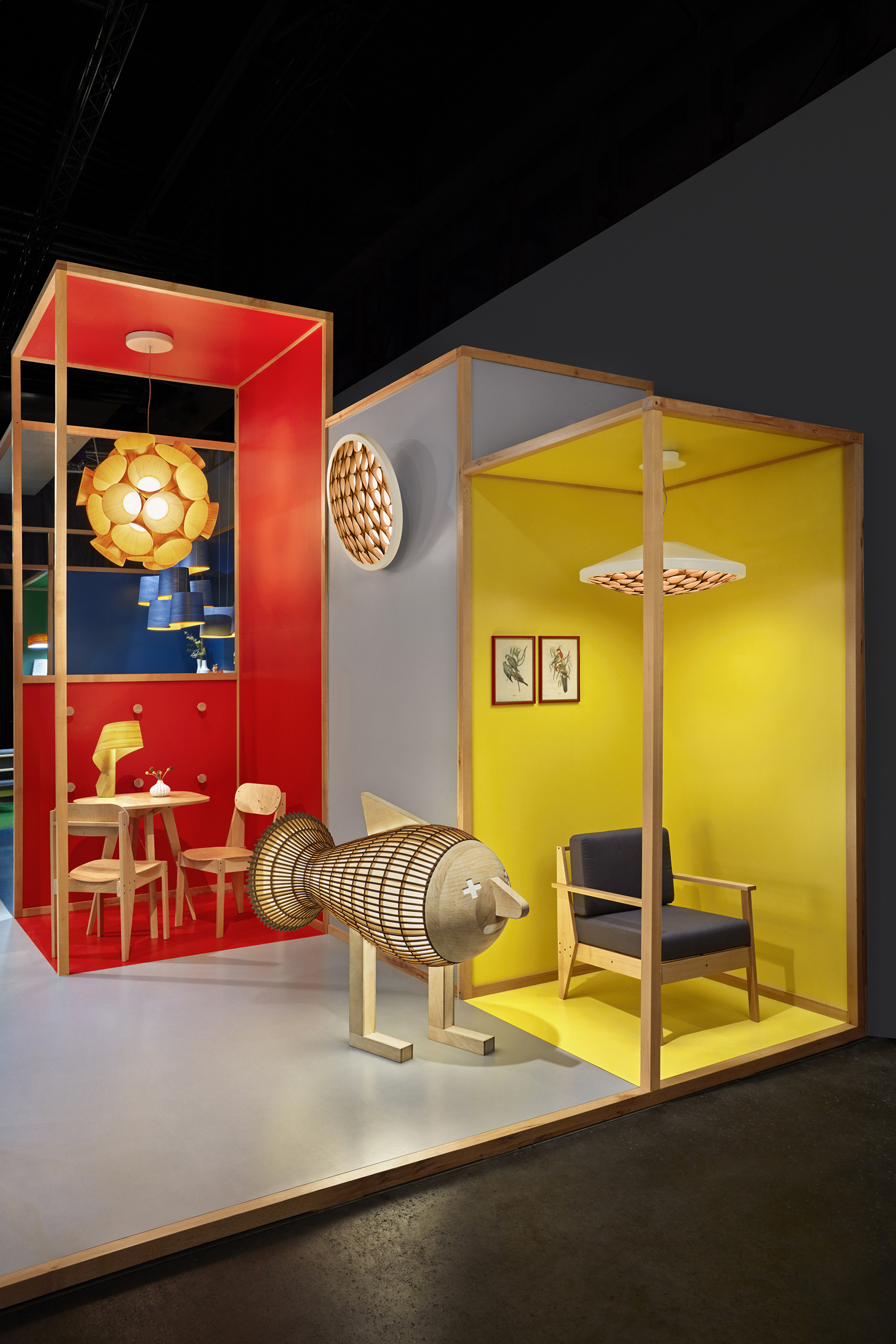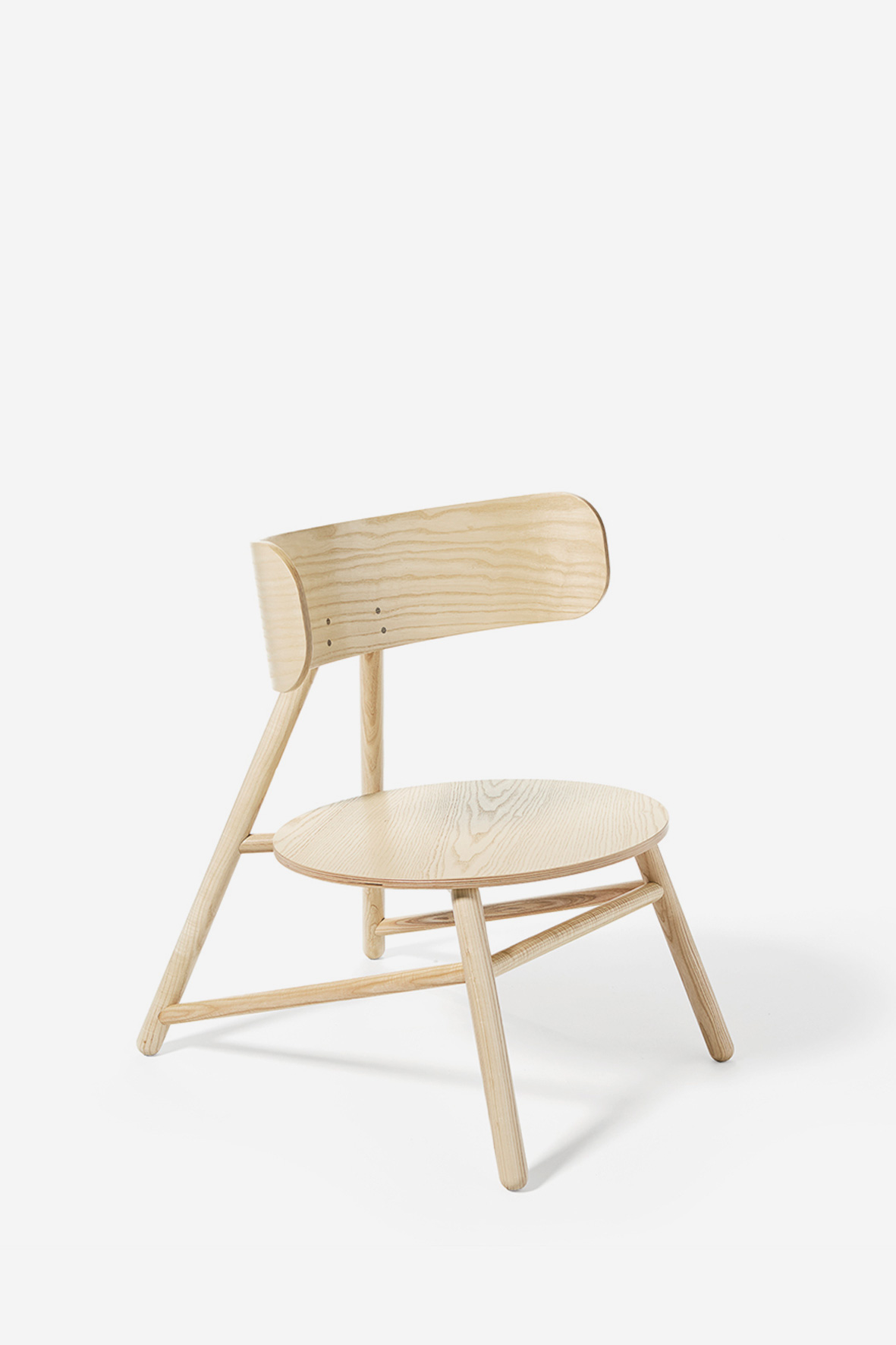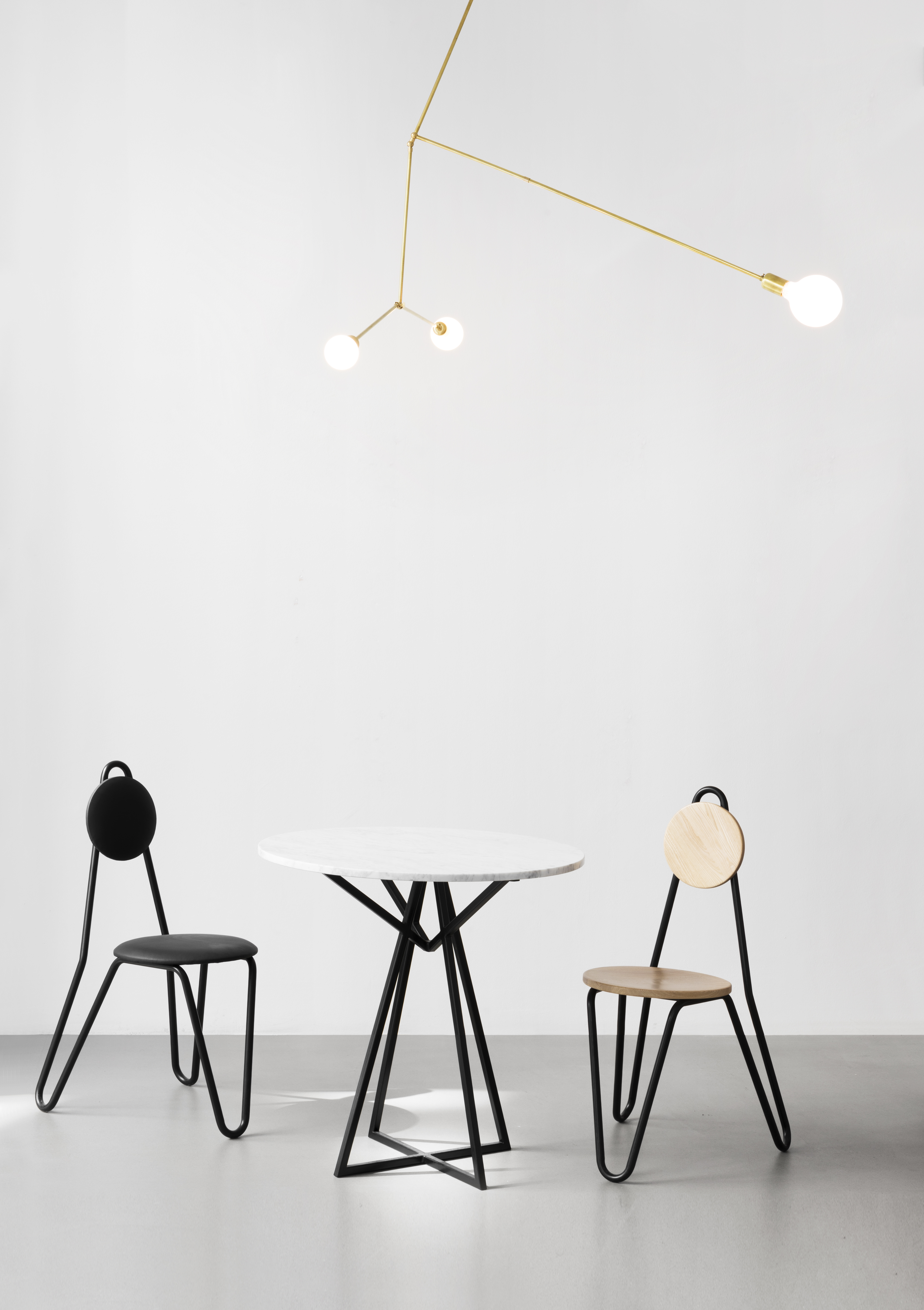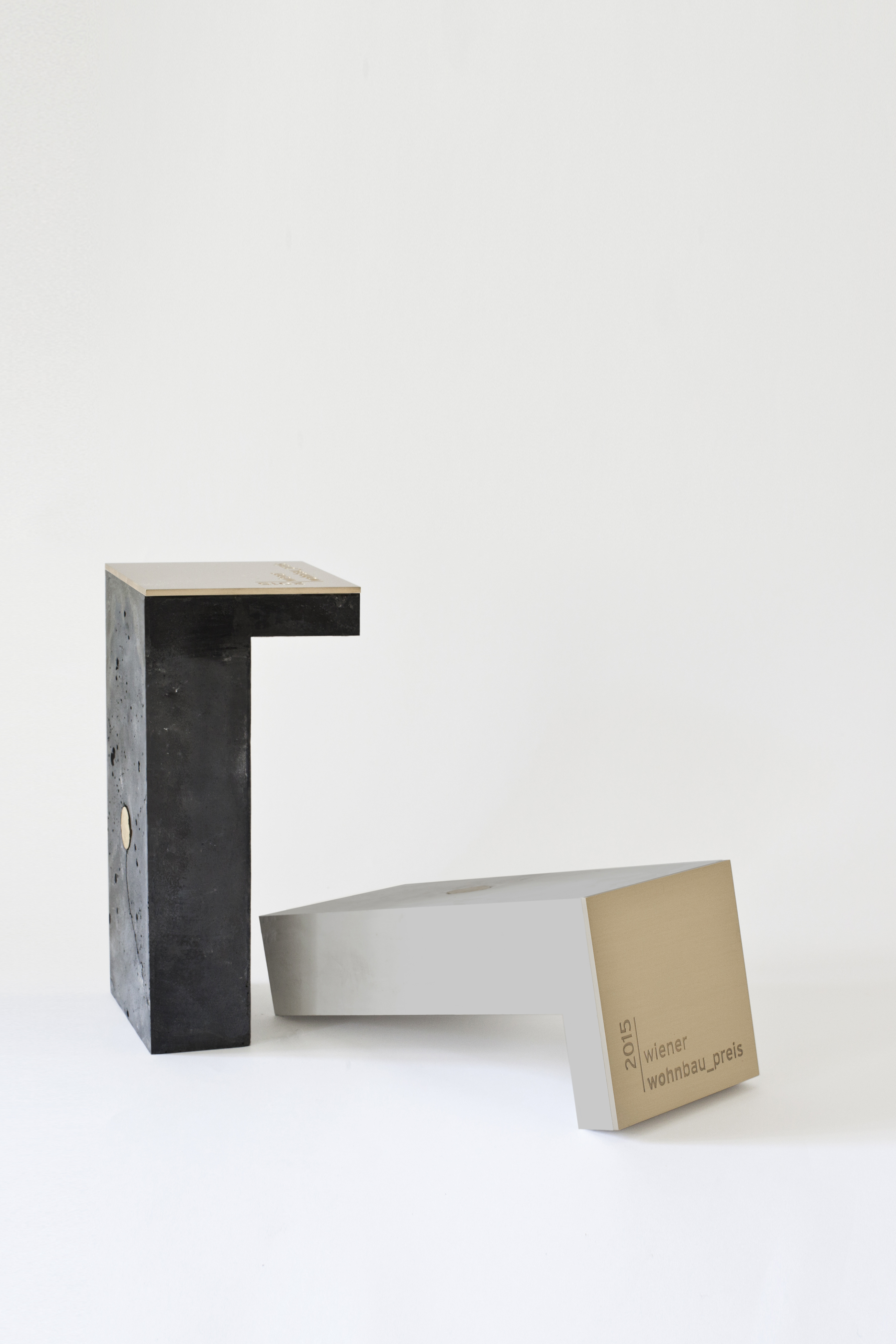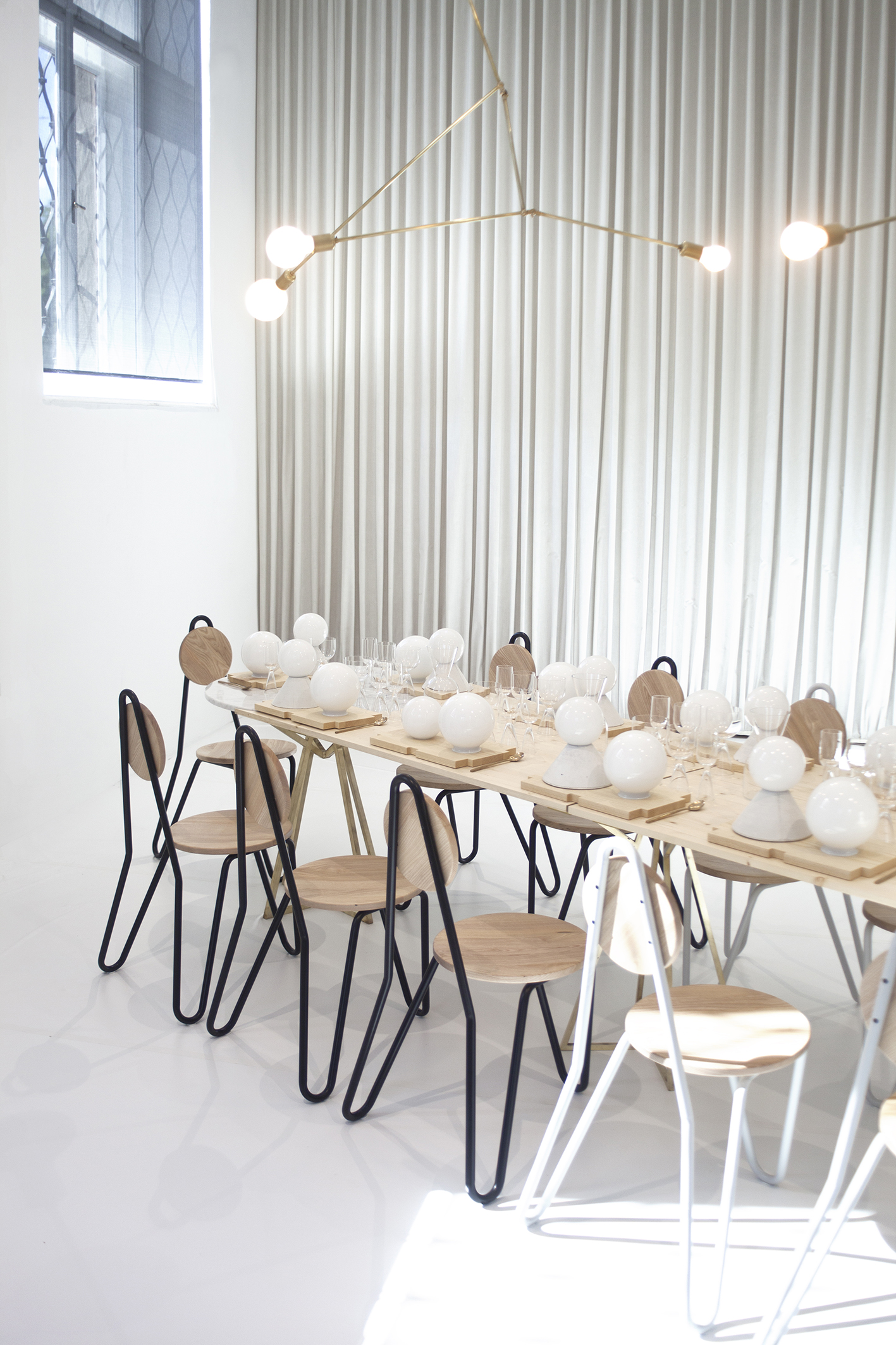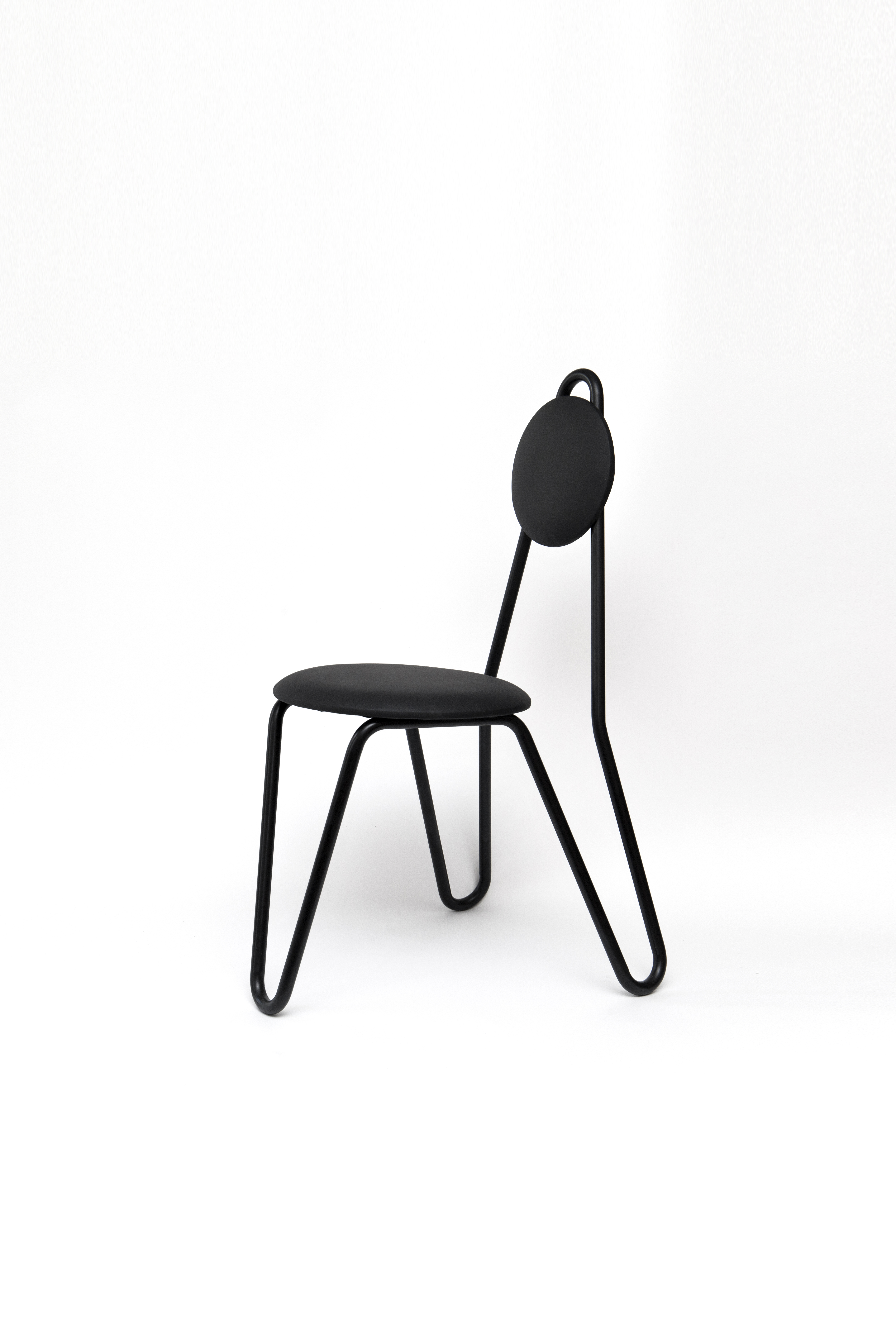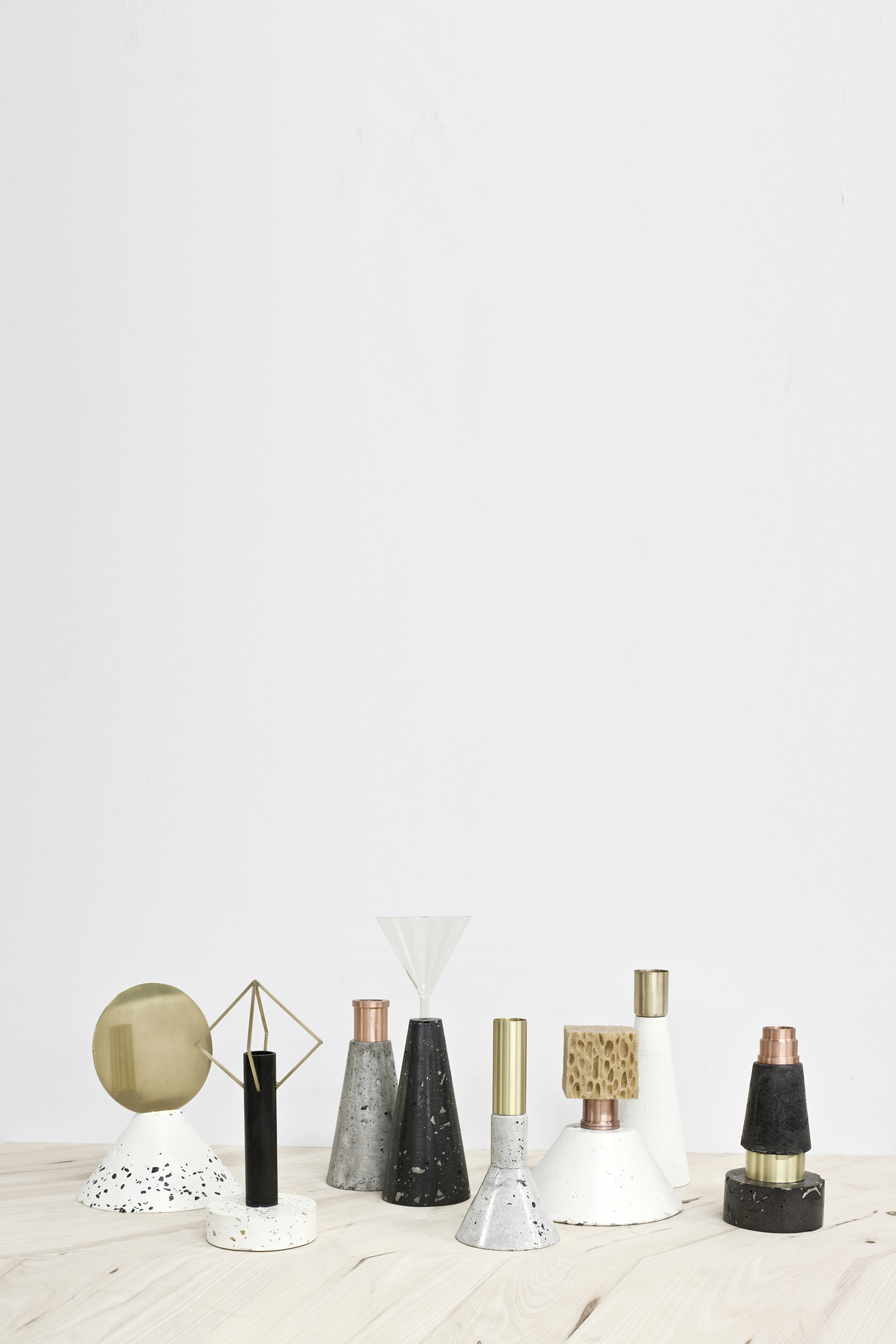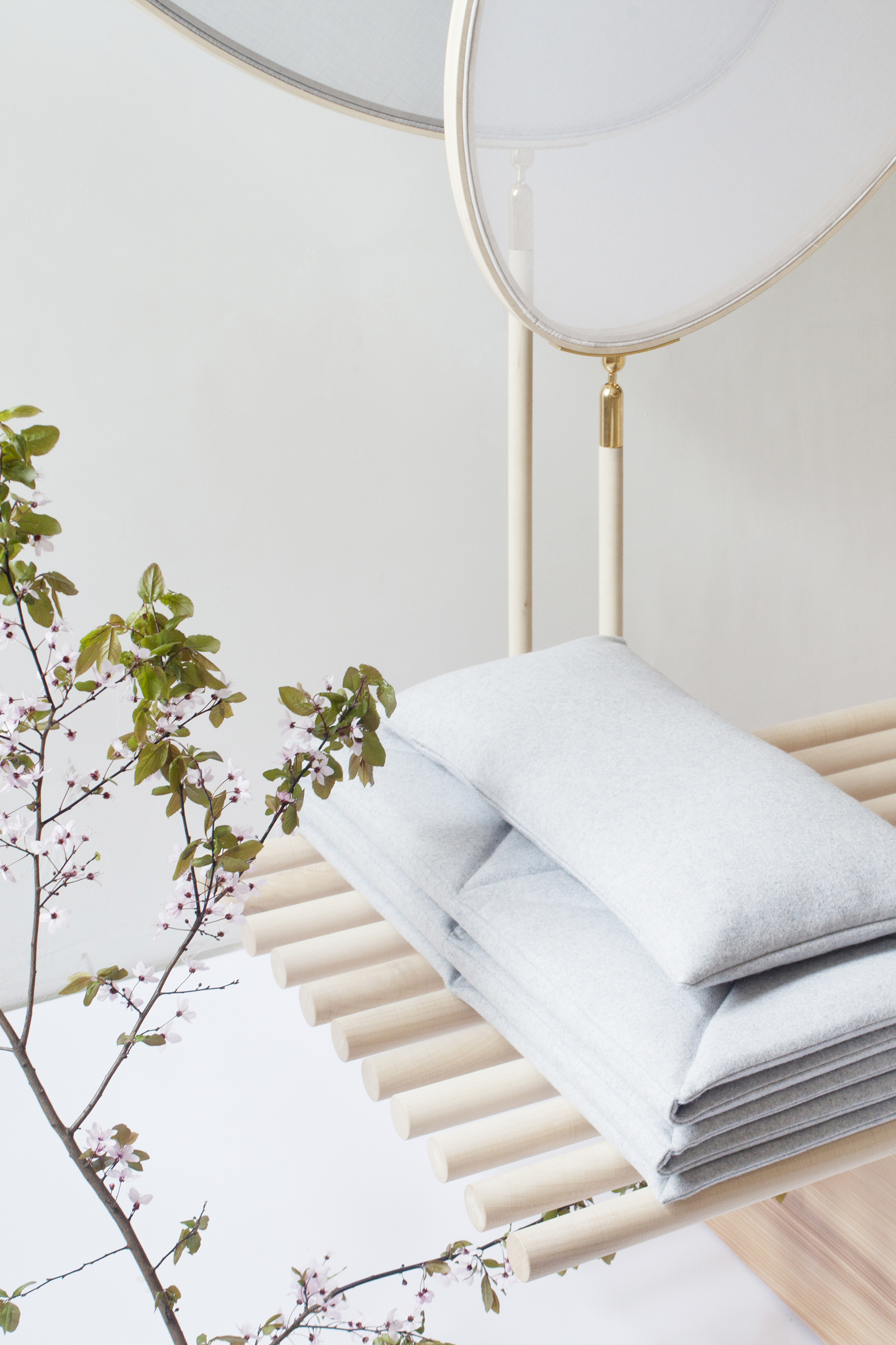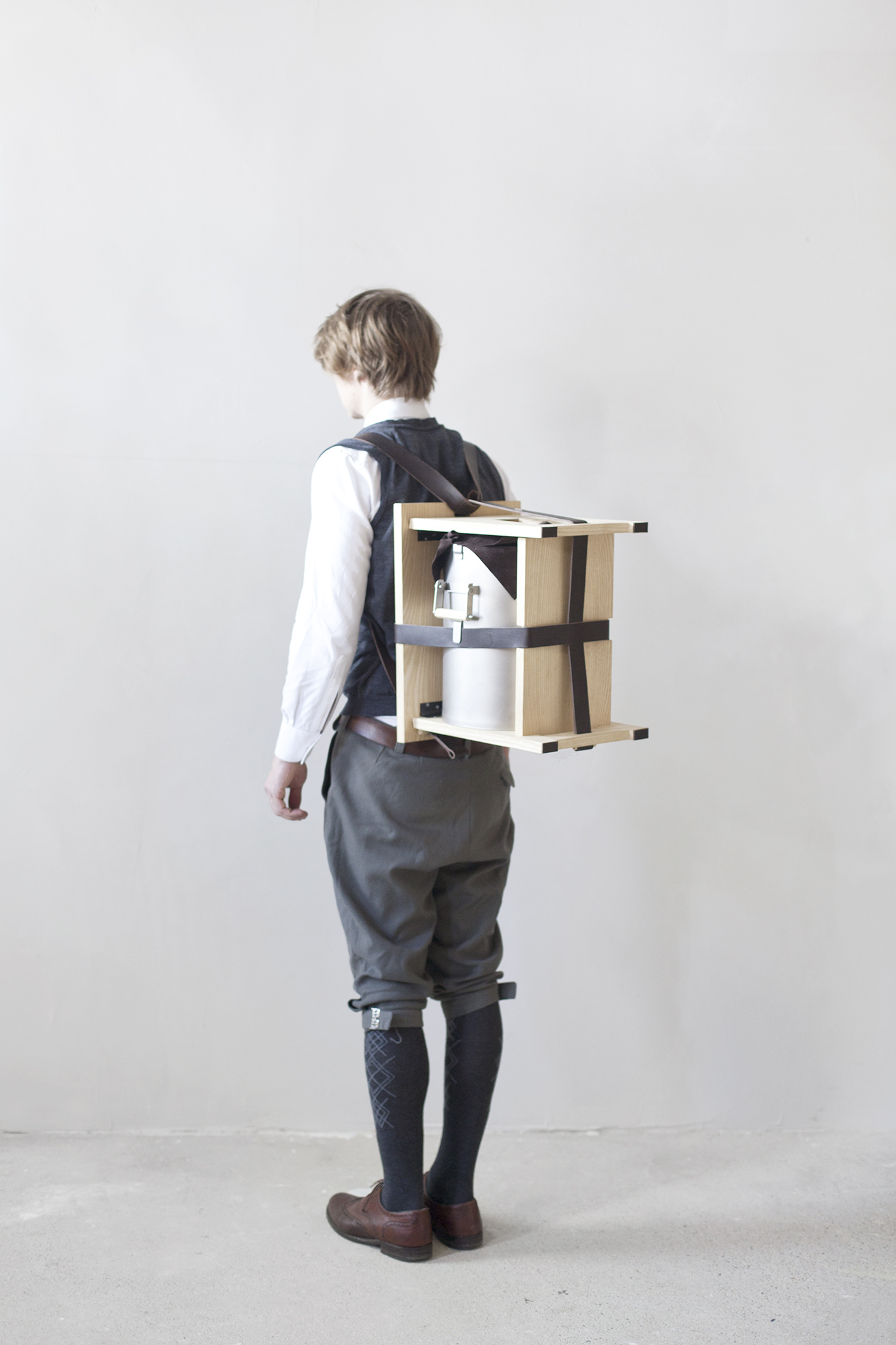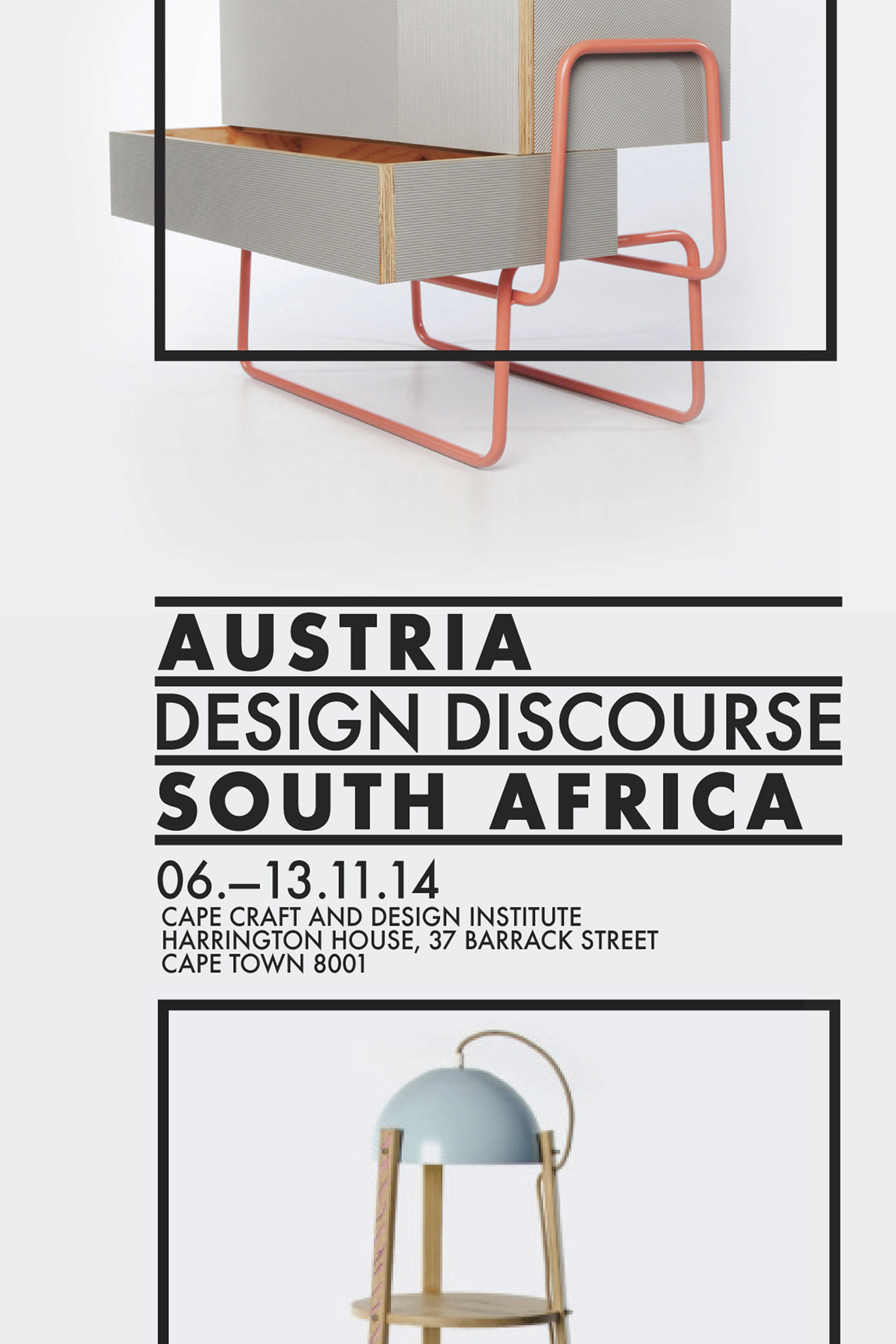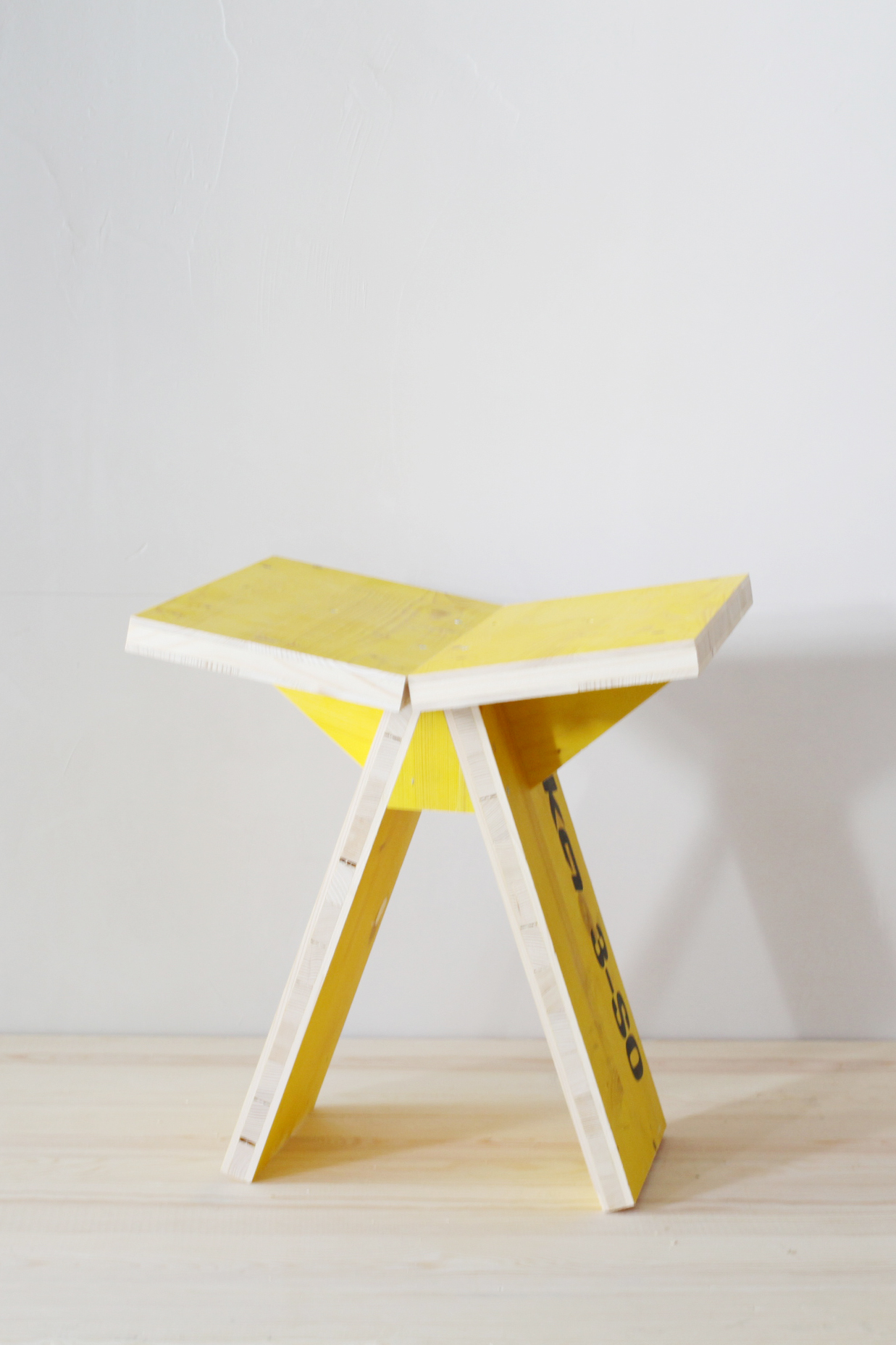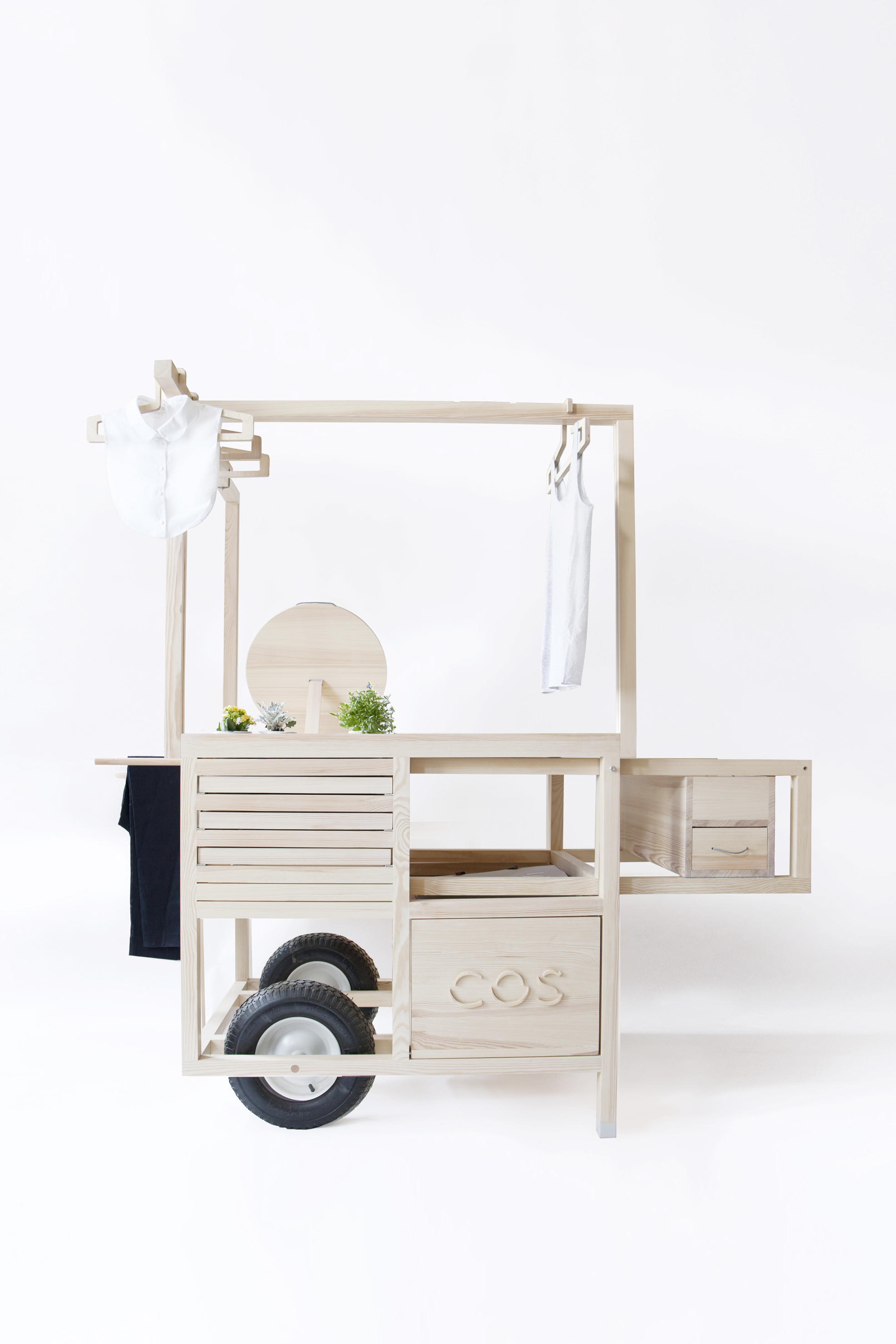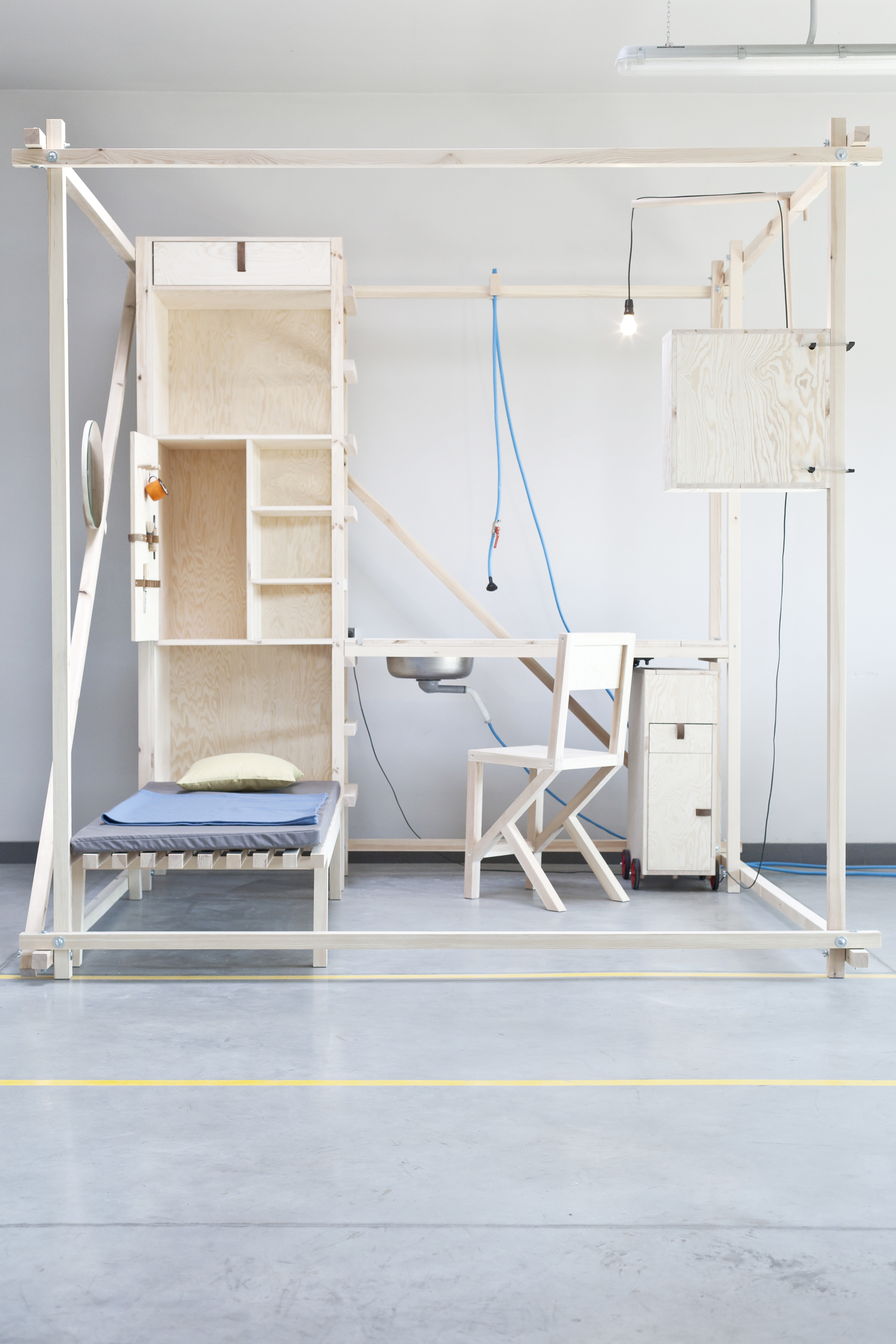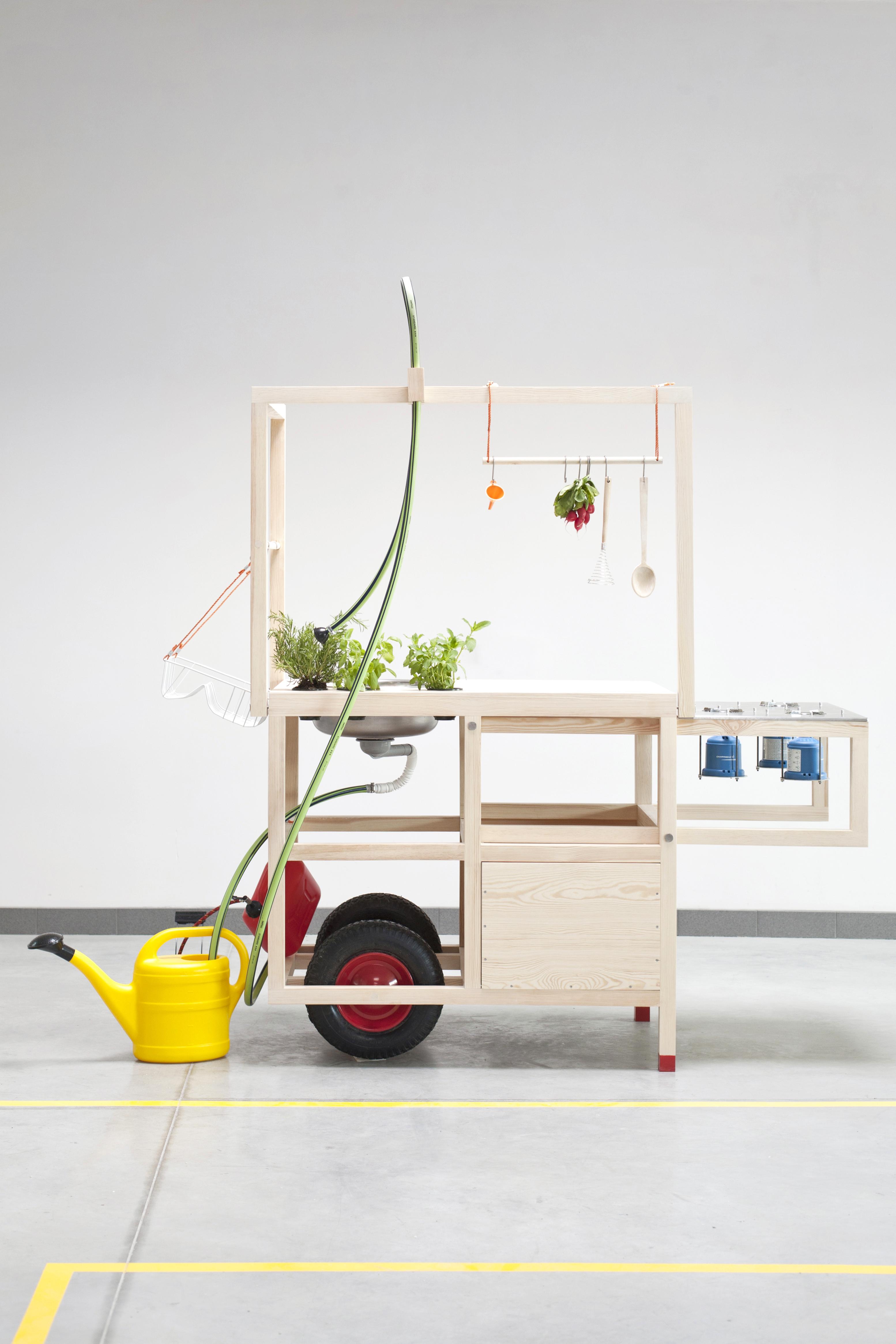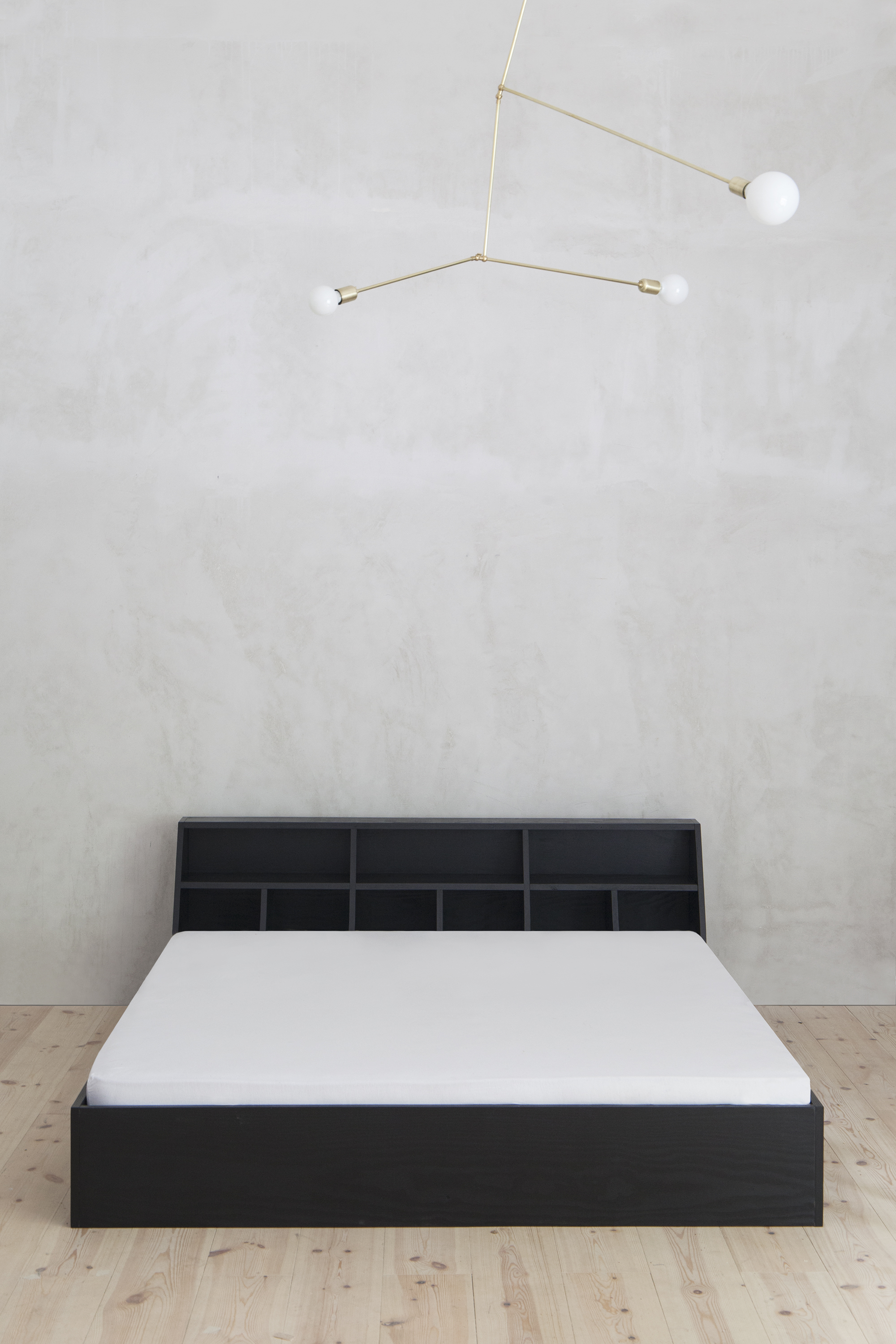MAK design residency
“Nomadic furniture 3.0” exhibition at MAK Vienna. Research and design projectAs a MAK designer-in-residence 2013 we have taken part in the exhibition “Nomadic furniture 3.0 – new liberated living″ at MAK – Österreichisches Museum für angewandte Kunst / Gegenwartskunst and have realized the the research project “How to DIY?”. The exhibition taking its title from the handbooks Nomadic Furniture 1 and 2, authored in 1973/1974 by James Hannessey and Victor Papanek, examined the history of the Do-it-yourself movement. Together with 15 of our friends and colleagues we have realized chosen 17 do-it-yourself furniture projects from the XIXth, XXth and XXIst century, and analized how demanding it is to build them and which skills you need. As a second part of the project have designed three complex objects inspired by a historic doi-it-yourself designs: nomadic ironing board, DIY service wagon (vertical kitchen), nomadic coach table.
“How to DIY?” research“
The assignment of reconstructing or realizing contemporary interpretations of selected DIY furniture items for the exhibition became an experimental design in the hands of chmara.rosinke, the MAK’s Designers-in-Residence for 2013. Having solutions worked out in a large group of individuals not only increased the fun factor, but also facilitated critical examination of the overall project: What are the actual motivations behind self-built furniture? What kinds of basic knowledge and tools are required? How satisfying are the results, and is it all really worth the effort? These are the questions with which the experiment’s participants—for the most part variously skilled or unskilled friends and acquaintances of the designers—were confronted during their project. The designers oversaw and documented this experiment’s conduct, helping only when asked. And the results partly reflect why chmara.rosinke’s stance on the DIY movement is an unabashedly critical one: in most cases, the skill required even for simple designs exceed that of the individual(s) involved. It turns out that many laypeople possess poor abilities as craftspeople, with difficulties reading plans and part lists being just the tip of the iceberg. Even so, chmara.rosinke do indeed admire the fast, inexpensive and radical way in which projects are realized in DIY culture, and they see great potential in the development of software and hardware that can be made available to the community in an open-source context. Three selected favorite DIY projects of the two designers will be updated during the exhibition’s run and thereafter made available as downloads for private, non-commercial use under a Creative Commons license.”The 3d models of the selected projects from “How to DIY” research are available to download as a sketch up file. The files need to be un-ziped before opening:
(01) DIY chair_by MAX_Lamb_2008 instructions and more information you can find on the designers´website www.maxlamb.org
(02)Rough_and_Ready by Tord_Boontje_1999 instructions and more information you can find on the designers´ website www.tordboontje.com(03) 24inch_module_by Ken_Carol_Isaacs_1974 instructions and more information you can find in the book „How to build your own living structures“ by Ken Isaacs, published by Harmony Books in 1974
(04) Sedia_db by Martino_Gamper_2009 instructions and more information you can find in the “Autoprogettazione Revisited” exhibition catalogue published by Architectural Association School of Architecture in 2009 and on the designers´ website www.martinogamper.com(05)Letto by_Enzo_Mari_1974 instructions you can find in the book “Proposta per un’autoprogettazione” by Enzo Mar published by Galleria Milano in 1974
(06)Husonaga_Table by Kazuhide_Takahama_1976 instructions and more information you can find in the book „Instant furniture – Low-cost, Well Designed, Easy-to-assemble Tables, Chairs, Couches, Beds, Desks and Storage Systems “ by Peter S.Stamberg published by Van Nostrand Reinhold in 1976
(07)Bretthocker_anonymes design_19 JHDT instructions and more information you can find in the book “Möbel selbst erdacht und selbst gemacht – Anleitungen für Schule, Werkstatt und Haus” by Albert Haberer and Willi Simo published by Bärenreiter-Verlag zu Kassel in 1948
(08)Lampada_a_stelo_by_Kueng_Caputo_2009 instructions and more information on the designers´ website www.kueng-caputo.ch(09)Double-height_table_by_Hennessey and Papanek_1973 instructions and more information in the book „Nomadic Furniture – D-I-Y Projects that are Lightweight and Light on Environment “ by James Hennessey und Victor Papanek published by Schiffer in 2008
(10)Crate_chair_Gerrit_Rietveld_1934 instructions and more information in the book “How to construct Rietveld furniture” by Peter Drijver und Johannes Niemeijer published by Art Books International Limited in 2001
(11)Side_chair_by_Norman_Cherner_1951 instructions and more information in the book “Make Your Own Modern Furniture – Working Plans and Room Designs for More Comfortable and Convenient Living” by Norman Cherner published by McGraw-Hill in 1951
(12)Adirondack_chair_by_Thomas_Lee_1903 instructions how to build a similar chair on www.finecraftguild.com/adirondack-chairs
(13)Tensegrity_chair_by_David_Fleischer_1976 instructions and more information in the book “Furniture in 24 hours” by Spiros Zakas and his students at Parsons School of Design published by Collier Books in 1976
Three designs of reinterpretations of historical projects
As an accompanying project for the exhibition we have designed three coplex objects inspired by a historic doi-it-yourself designs.
(01)“Nomadic ironing board” was inspired by a complex furniture type “Space saving ironing board” found in a book “Do-it-yourself furniture. Exciting designs for your home” edited by Harry Butler.
(02)“DIY service wagon ” is a contemporary re-interpretation of the “Service-wagon” by Ferdinan d Kramer from 1941. In contrary to Kramers project we have ordered the functions vertically to improve the usability. This version is easier to move, turn and it fits in every elevator.
(03)“Nomadic coach table” is the reinterpretation of a table published in Nomadic Furniture 2.0 (authored by Victor Papanek and James Hennessy). It’s one of the last projects we did during our residency at the MAK – Austrian Museum of Applied Arts / Contemporary Art. The table is modular, so the LP Player can be exchanged same as the vitrine to exhibit your personal treasures (project kindly supported by: Herbert Kaglmayer from MAWA DESIGN, Heinz Lichtenegger from audiotuning.com and PRO-JECT Audio Systems)
Duration of exhibition: 12th of June untill 6th of October 2013
location: MAK, Stubenring 5, 1010 Vienna
curators: Martina Fineder, Sebastian Hackenschmidt, Curator, MAK Furniture and Woodwork Collection, and Thomas Geisler, Curator, MAK Design Collection
exhibition design: raumlabor berlin
thanks to all who have taken part in the project:
Lukasz Bresinski, Jacqueline Pehack, Patrycja Pioch, prof.Jona Hoier, Katarzyna Arnold, Anna Wachowicz, Martina Fineder, Xaver Hochmayr, Sebastian Hackenschmidt, Thomas Geisler, Martina Kellner, Marcus Nauman, Balázs Fényes, Julia Sommerfeld, Harald Kastner, Patrycja Domanska, Irene Posch, Antoine Turillon
